Bok Tower Gardens
Split Oak Forest WEA
Hidden Waters Preserve
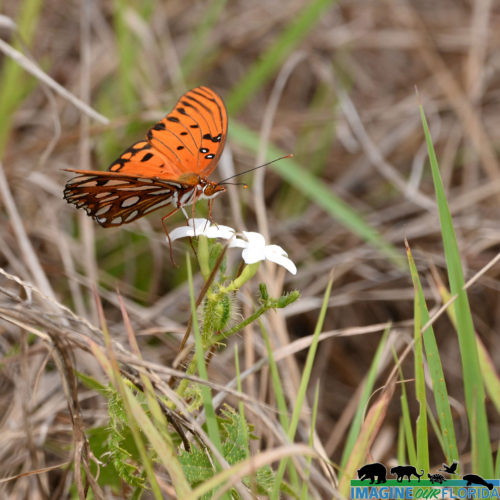
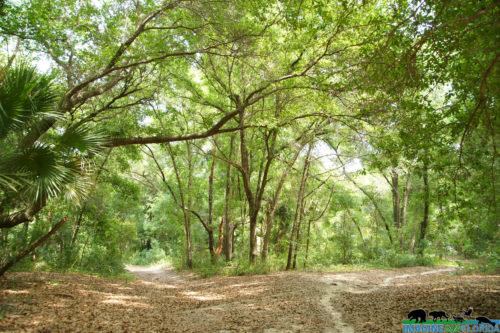
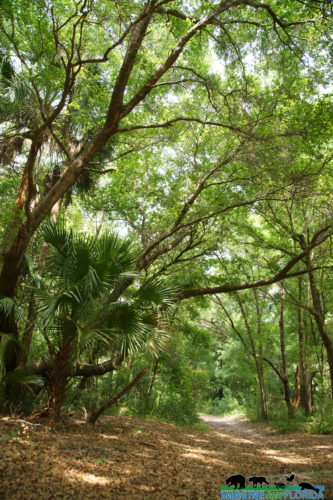
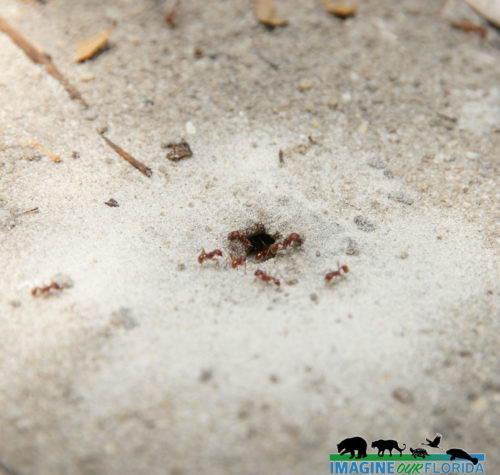
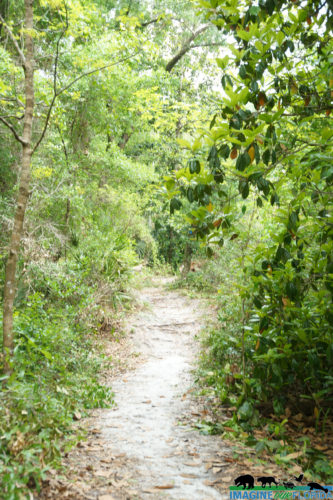
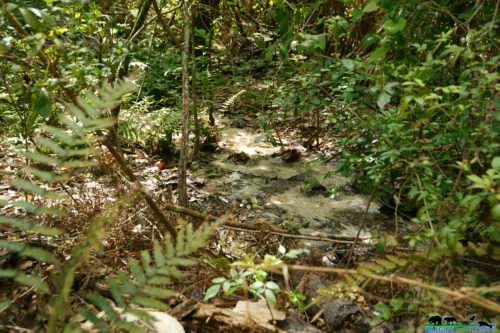
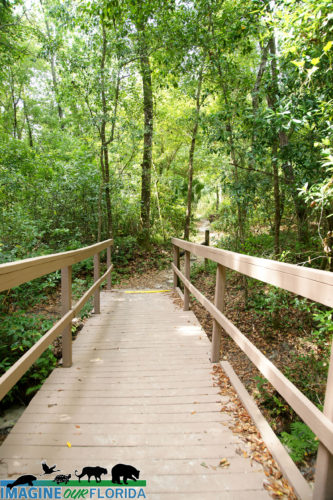
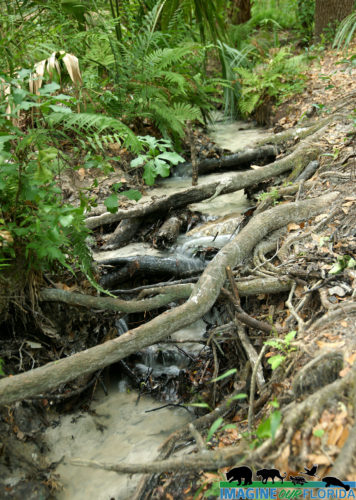
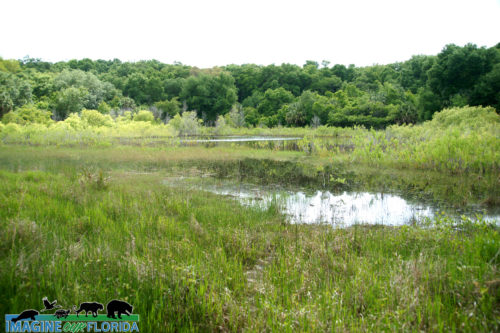
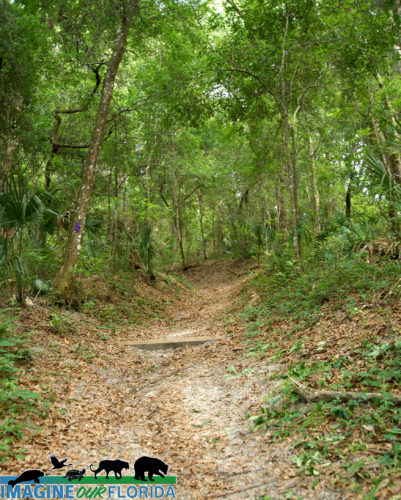
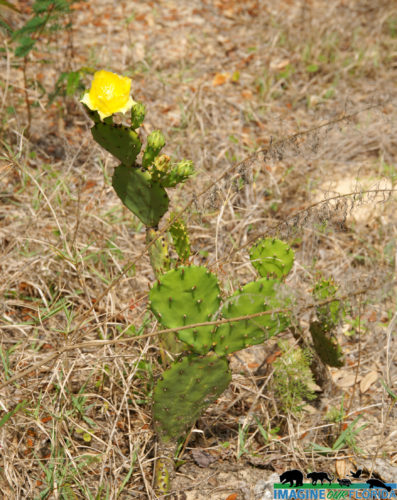
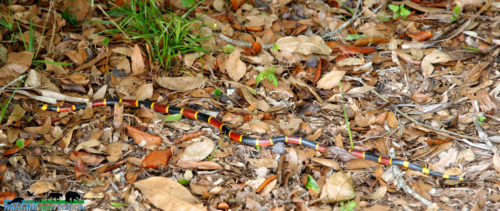
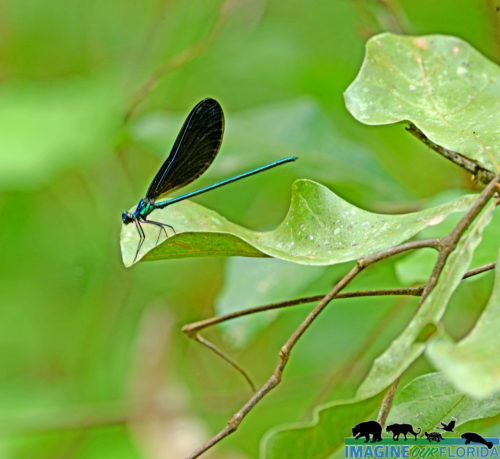
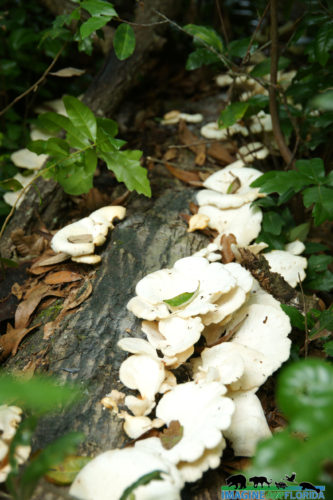
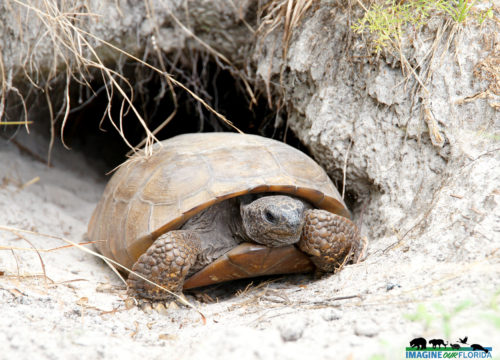
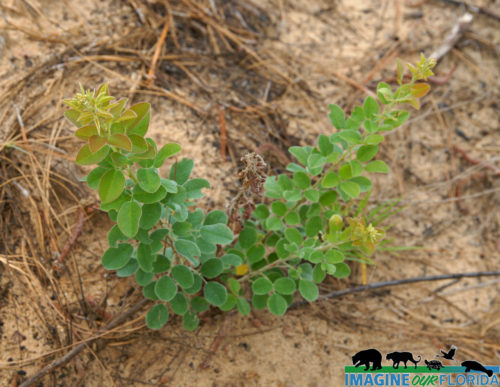
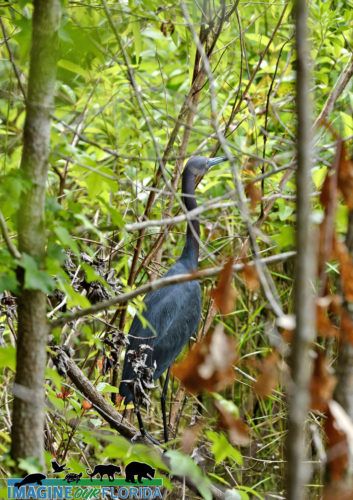
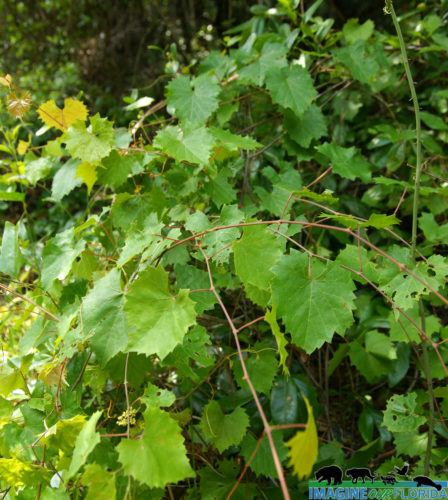
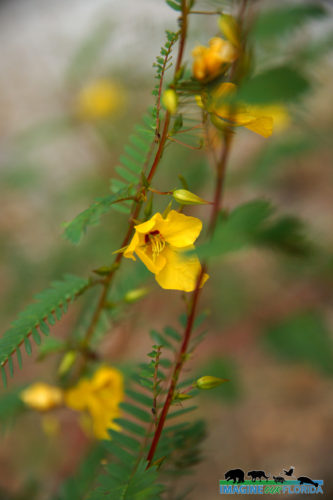
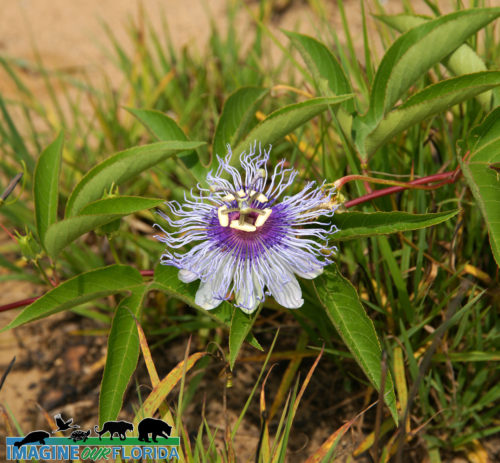
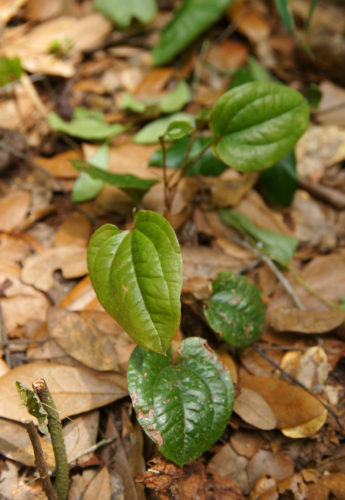
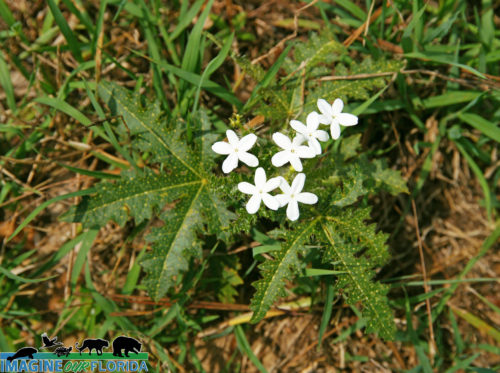 Once known as the Eichelberger Sink, this 90-acre preserve located near Eustis is managed by Lake County Water Authority. Hidden Waters Preserve was established in 1996 to protect the water seepage and Lake Alfred where water slowly seeps into the aquifer.
Once known as the Eichelberger Sink, this 90-acre preserve located near Eustis is managed by Lake County Water Authority. Hidden Waters Preserve was established in 1996 to protect the water seepage and Lake Alfred where water slowly seeps into the aquifer.
Hidden Waters Preserve offers 6 trails ranging from 2 miles to 15 miles. Hike the meandering paths through sandhill restoration areas. Notice the newly planted Long-leaf pines and the gopher tortoises who make their burrows there. Water flowing from a seepage slope offers the opportunity to discover various plants and ferns.
The elevational difference between the top of the sink and the bottom is 110 feet. Explore the depression marsh and lake at the bottom of the sink where you will find a variety of plants and wading birds. Bird watchers will be happy to discover some of the more than 35 birds on this designated FWC Statewide Birding Trail.
For more information and trail maps click here: https://www.lcwa.org/land_resources/open_preserves.php
Photo Credit: Dan Kon
Butterfly Weed
Butterfly weed, Asclepias tuberosa, is also known as Butterfly milkweed. It is the most popular native species of milkweed in Florida. This hardy perennial grows 1-2 feet tall and is abundant throughout Florida. Its bright orange flowers bloom in late summer through fall and attract a variety of pollinators.
Butterfly weed is readily available at native plant nurseries. Once established, it thrives in dry, sandy soil in sun or part shade. Monarchs rely on milkweeds in the genus Asclepias for their survival since it is the only plant monarch caterpillars will eat. Plant some in your wildflower garden to attract butterflies, bees, and hummingbirds.
Ironweed
Ironweed (Vernonia gigantea) is a Florida native and can be a beautiful addition to your wildflower garden. Ironweed grows 3-10 feet tall, can be planted in partial shade or sun, and blooms from July through October. Butterflies, hummingbirds, and bees love this pollinator perennial. As its name suggests, ironweed is a tough plant with deep-set roots and seeds that spread easily in your garden. Be prepared to prune and maintain to keep this beauty in check.
Look for Ironweed growing in the wild where the soil is moist. You may also see this hardy plant along the side of the road or a stream as well as in the woods, prairies, savannas, and grasslands.
Kiss-me-quick
Kiss-me-quick (Portulaca pilosa) —
Also known as Pink Purslane, Kiss-me-quicks are native succulents that can be used as a groundcover. They will thrive in nutrient-poor soil as long as it is well-drained. These low-growing plants with linear leaves produce red, pink, or purple blooms in the morning that close in the afternoon, hence the name Kiss-me-quick.
Look for Kiss-me-quicks in the wild in sunny, sandy areas.
Lance-leaf Arrowhead
Lance-leaf Arrowhead, (Sagittaria lancifolia), is commonly found in freshwater marshes and swamps and along streams, ponds, and lakes. It tolerates brackish water. This native Florida plant, also known as Duck Potato, can grow to 4-feet tall. The plant is a rhizomatous perennial that also reproduces with seed dispersal. It thrives in water up to 12-inches deep and in silty, wet soils.
Birds enjoy the seeds and tubers and use the plants for cover. Other aquatic animals such as fish and insects find shelter in the foliage. Lance-leaf Arrowhead extracts metals and nutrients from water and sediments where it grows. Native Americans used the corms which are bulb-like stem parts as food, to treat wounds, and as herbal medicine to treat a variety of ailments. 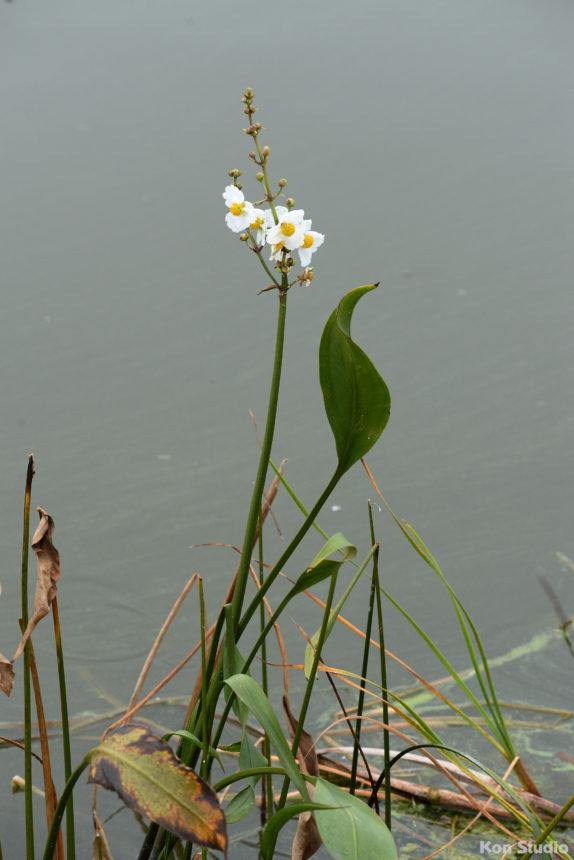
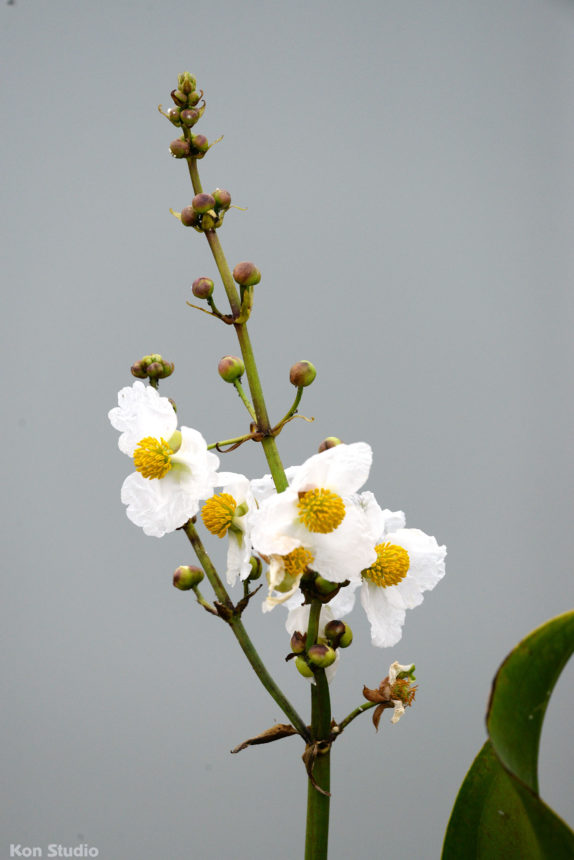
Fakahatchee Strand Preserve State Park
Fakahatchee Strand Preserve is Florida’s largest state park. The word “Fakahatchee” is the Miccosukee term for “forked river” referring to the water flow around the strand. This area has a canopy of bald cypress trees, royal palms, and occasional gumbo limbo trees. The area also contains more orchids and bromeliads than anywhere else in North America. There are 44 orchids and 14 bromeliads native to this area. Unfortunately, orchid poaching has been a large problem in the past. Keeping the Park Services number on hand and calling if you witness poaching could help protect the many endangered orchids that exist here.
The cypress trees were previously vulnerable to unregulated logging and very few old trees exist. You can also find small freshwater sponges on old floating tree branches. There is also an abundance of wildlife.
Fakahatchee Strand Preserve State Park is on the Great Florida Birding and Wildlife Trail. The strand offers biking, geocaching, canoeing, picnicking, and contains the Karen O’Neil Memorial Garden located at the entrance. Restrooms are available. There is so much to see in this beautiful swamp.
Hours are 8 a.m. to sunset. For more information, check out the website. https://www.floridastateparks.org/…/fakahatchee-strand-pres…
Toothed Rein Orchid
Toothed Rein Orchid, Habenaria floribunda –
Toothed Rein Orchids are found only in Central and South Florida where they thrive in damp thickets and hardwood hammocks. They can grow to just over 3 feet tall. Each orchid has 5-12 bright, glossy green leaves and 10-60 flowers and lips. The flowers are light green but appear more yellow in South Florida. Fall blooms appear in September in Central Florida and bloom into February in South Florida. The flowers of the Toothed Rein Orchid have an unpleasant odor that is most noticeable around dusk.
Blue Passion Flower
Blue Passion Flowers (Passiflora incarnate), also known as Maypops, are native to Florida and easy to grow in your yard. They are host plants for Gulf Fritillary butterflies and attract a variety of bees and butterflies as well as hummingbirds and bats. Look for Blue Passion Flowers along roadsides and in citrus groves or anywhere there is dry soil.
A Blue Passion Flower vine is a must-have for your butterfly garden. The stunning 3-5 inch blooms only last for a day, however, they bloom summer through fall. Plant this vine along a fence or let it climb up your arbor or trellis. The Maypop will die back after frost but will pop up again in May.
Crandon Park – Key Biscayne
Located on the barrier island of Key Biscayne, Crandon Park is a hidden gem just waiting to be explored. Connected to the mainland by a causeway, Crandon Park was acquired by Miami-Dade County from the heirs of Commodore William John Matheson in 1940. The gift came with the stipulation that the land must be used as a public park and in 1947, Crandon Park was ready to receive its first guests.
Crandon Park is a nature lover’s paradise. Its unique fossilized mangrove reef, two and a half miles of state historic highway, protected wetlands, estuaries, coastal hammocks, Great Florida Birding and Wildlife Trails, and spectacular shoreline provide countless opportunities to be engulfed in nature.
The earliest known inhabitants of Crandon Park were the Tequesta Indians. Hurricane Andrew exposed three archaeological sites, one of which appears to indicate the sites of poles used by the Tequesta as supports needed for their thatched homes. In 1513, Juan Ponce de León included Key Biscayne in his chart of The New World.
Commodore William John Matheson purchased 1700 acres of land in Key Biscayne in 1908 which would later become Crandon Park. He used the land to build a coconut plantation and introduced the Malay Dwarf coconut which is now the most common coconut in Florida. In 1948, the Zoological Gardens were established on the southern 53 acres of Crandon Park. By 1967, Crandon Park was renowned worldwide for the first successful birth of an Aardvark. The Park also successfully watched over the birth of two Indian elephants and in 1973, the hatching of two Southern Bald Eagles.
Today Crandon Park is a Nature Lover’s delight. Wildlife freely roams in and out of the doorless zoo structures. Saunter on one of the nature trails and visit the Nature Center. Look for shorebirds, songbirds, hawks, butterflies, and wild plants including coontie and beach peanut. Bike through the Key Biscayne Archaeological Zone on a designated path. Immerse yourself in an EcoAdventure where you can bike, hike, or learn about Sea Turtles.
Soak up the sun at the two-mile beach or bring your snorkel and explore the underwater living world. Launch your boat, kayak, paddleboard, wakeboard, or kiteboard. The internationally known Crandon Marina offers a dive boat operation. Enjoy a round of golf or a game of tennis. Bring a picnic lunch to enjoy in a Pavillion, eat at one of the restaurants or concession areas, or rent a cabana for a family get together. A boardwalk to the fossilized reef and wheelchair beach accessibility is provided.
For more information: http://www.miamidade.gov/parks/crandon.asp
Photo Credit: Ileana Rodriguez-Ramirez

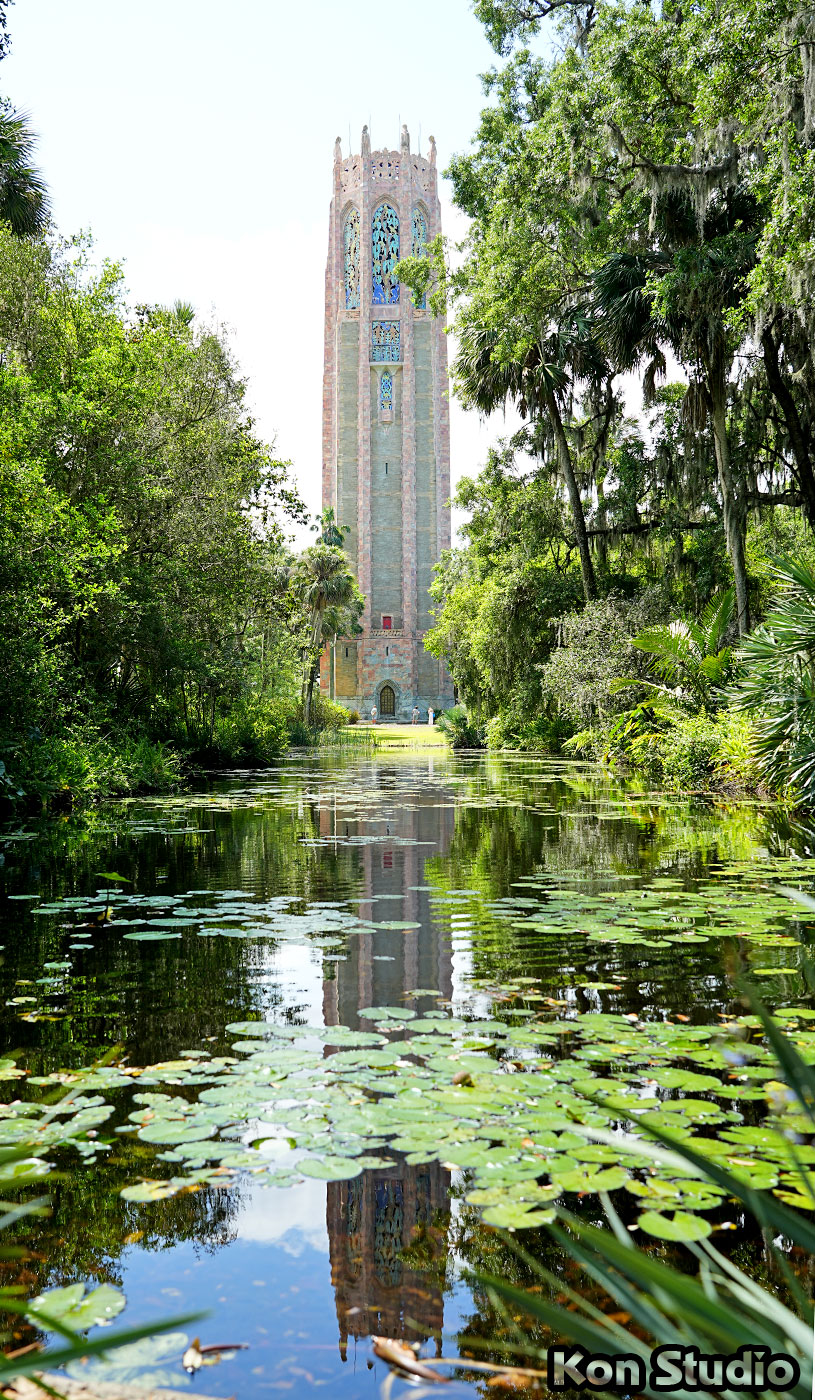
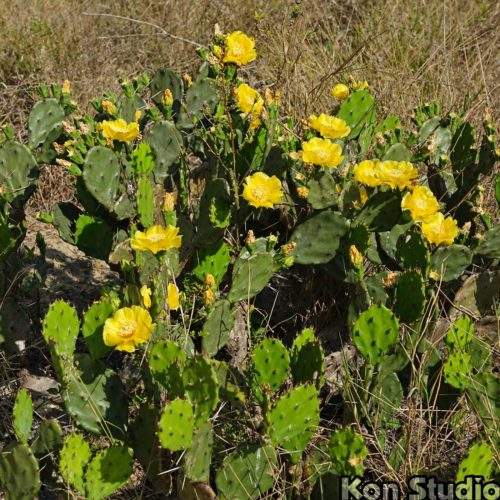
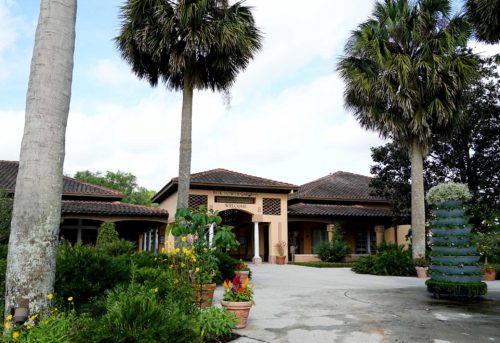
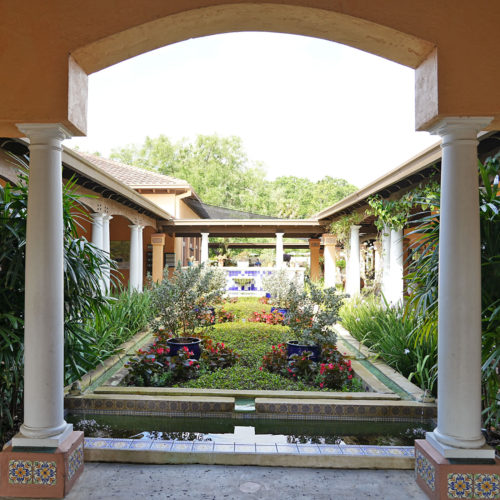
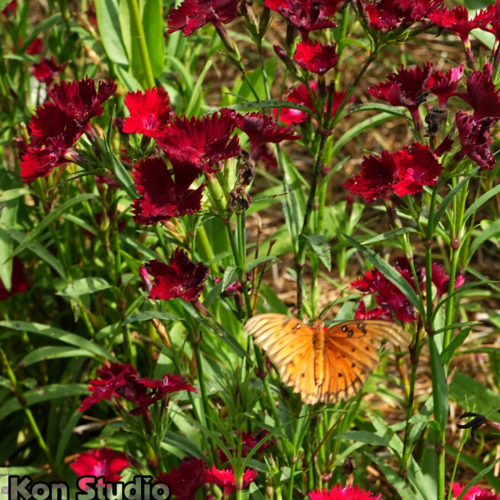
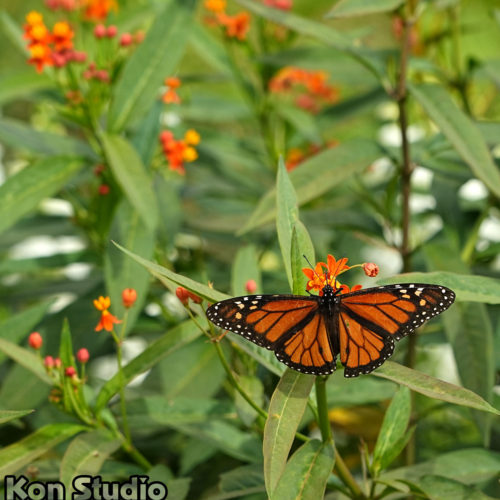
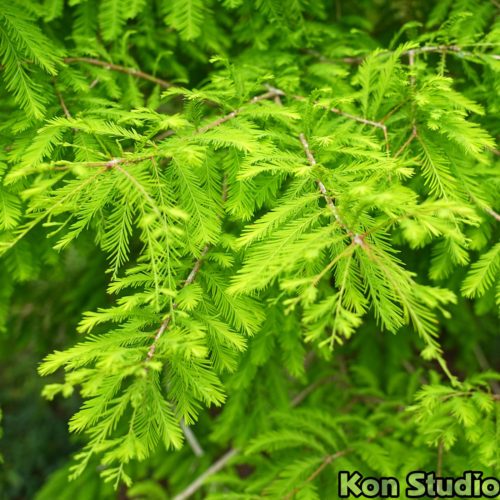
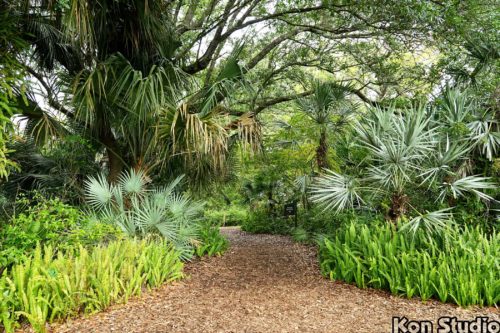
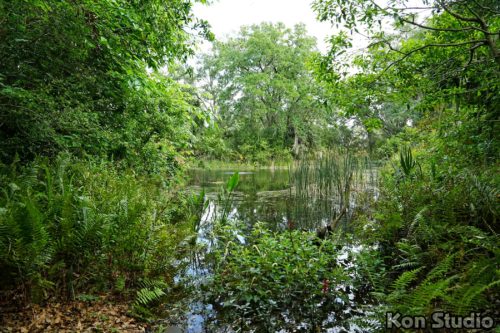
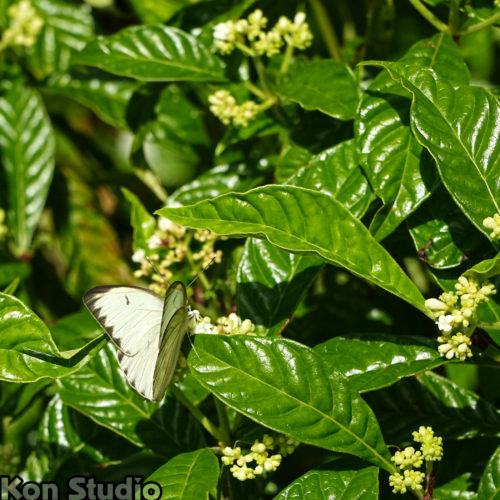
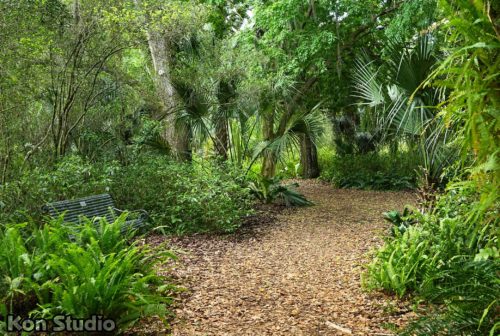
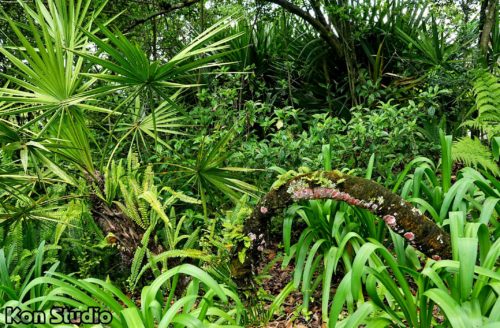
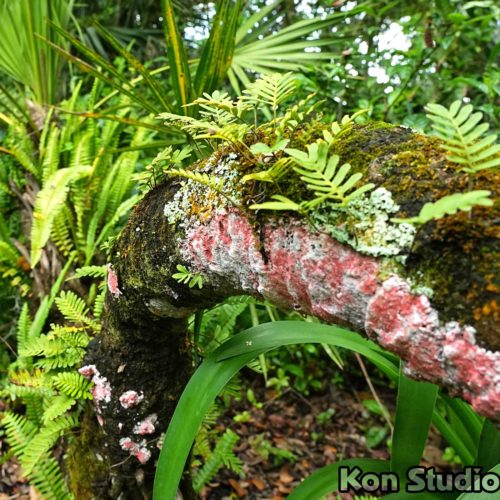
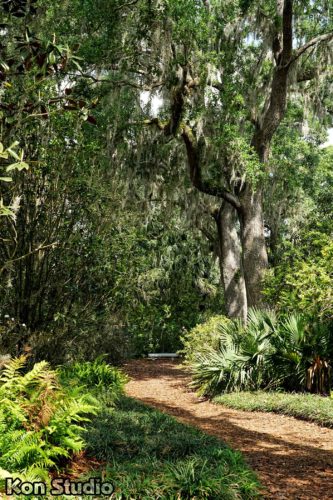
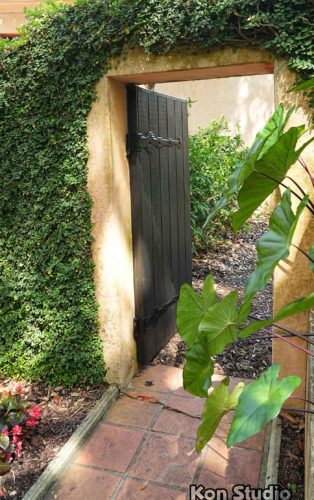
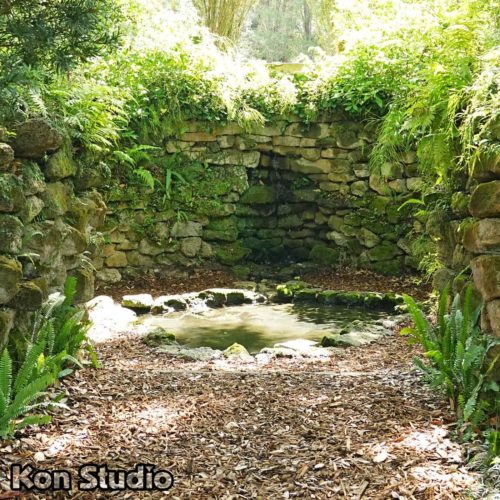
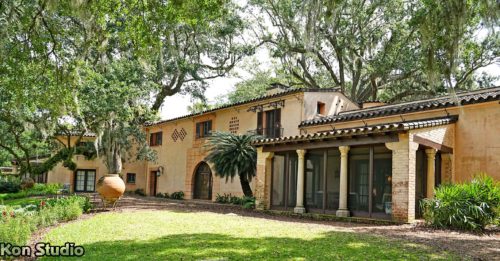
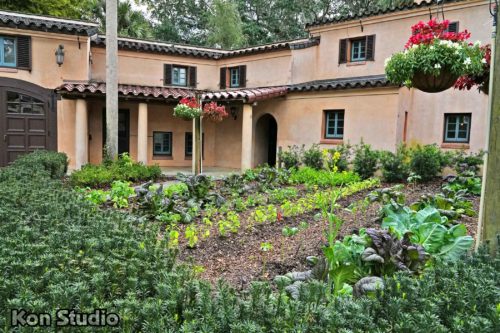
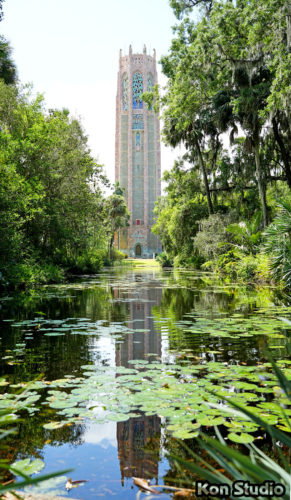
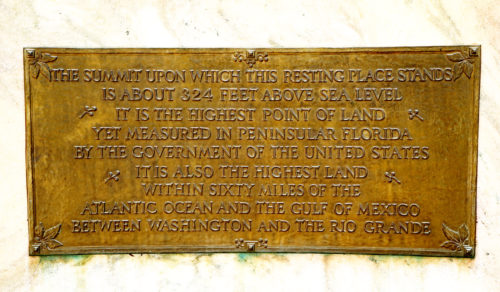
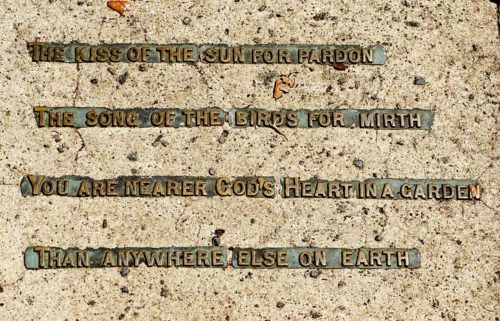
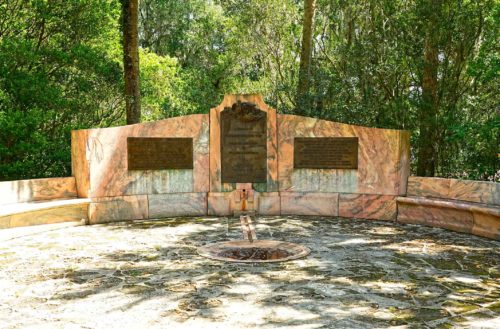
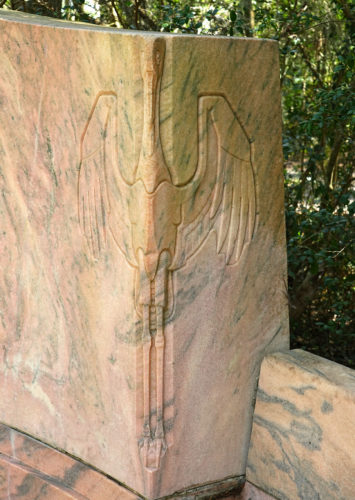
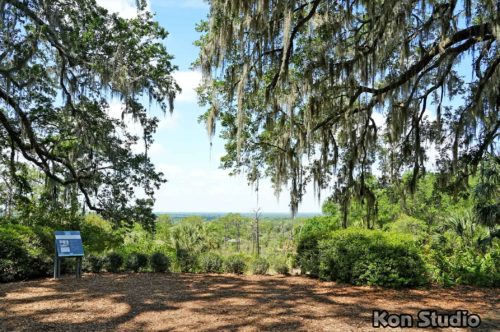
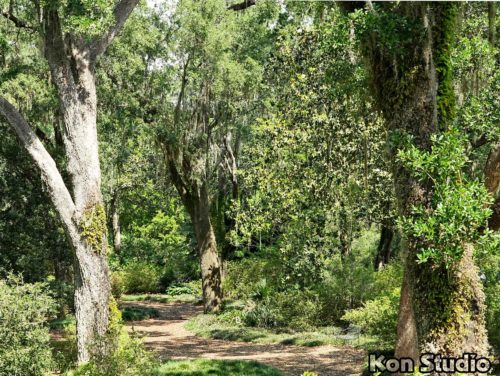
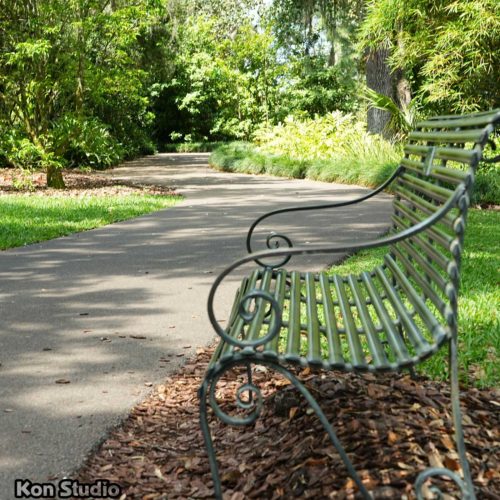

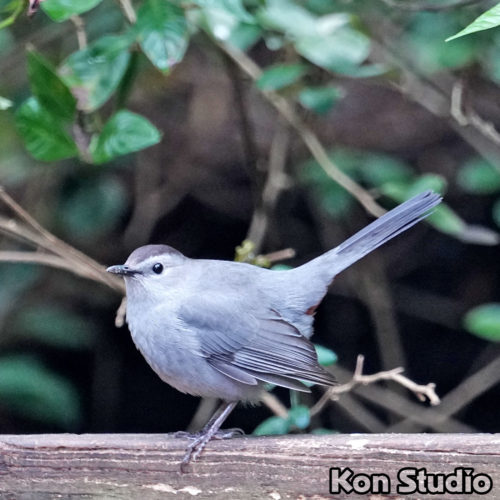
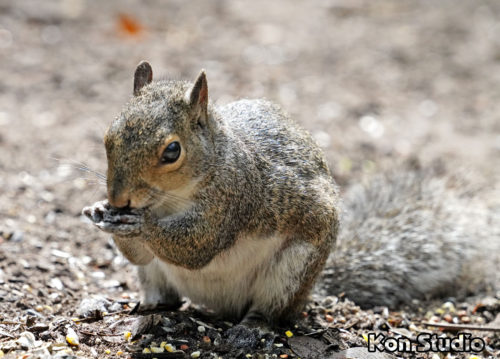
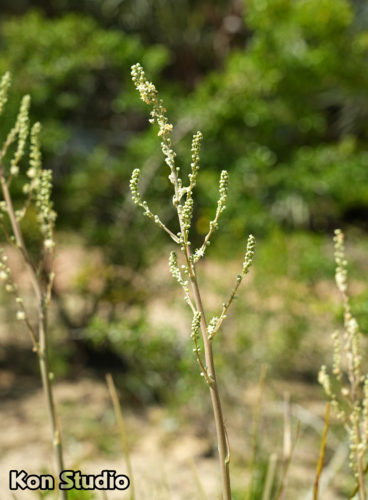
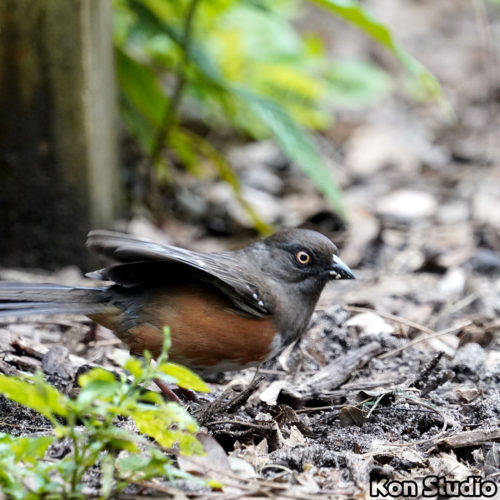
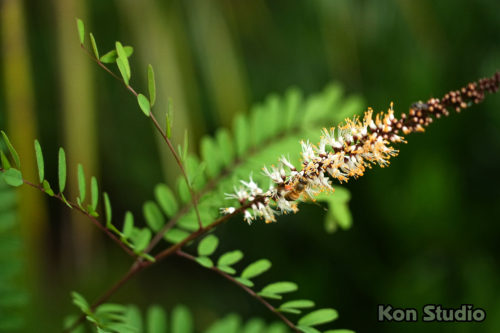
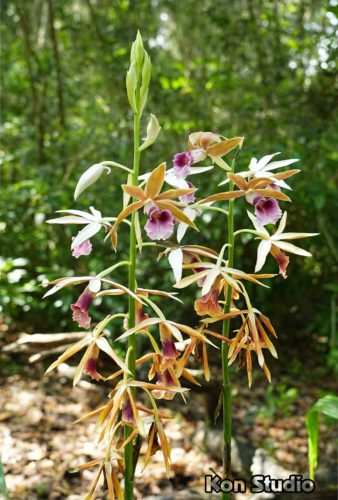
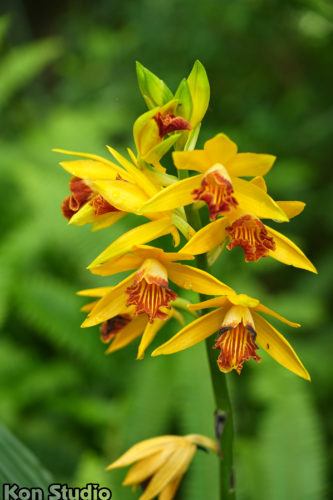
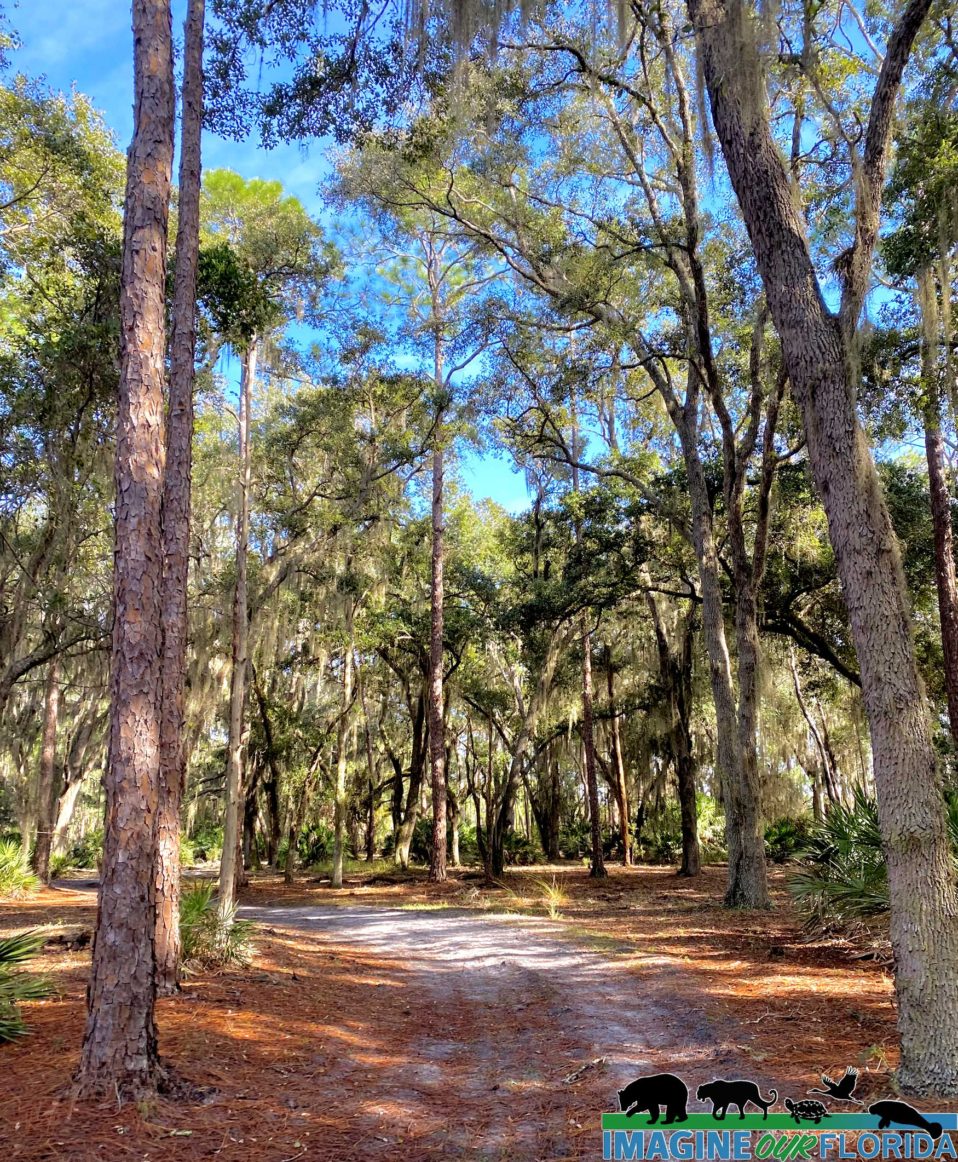
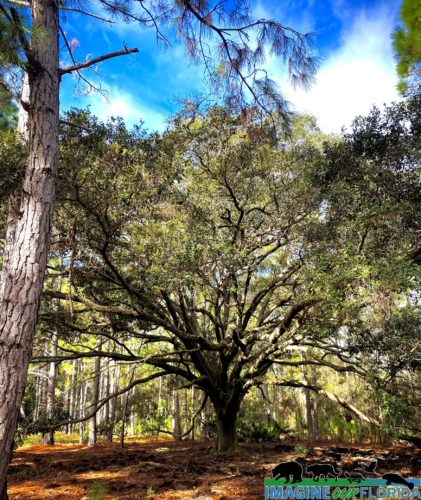
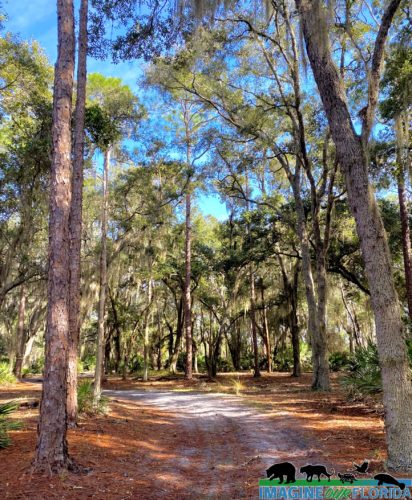
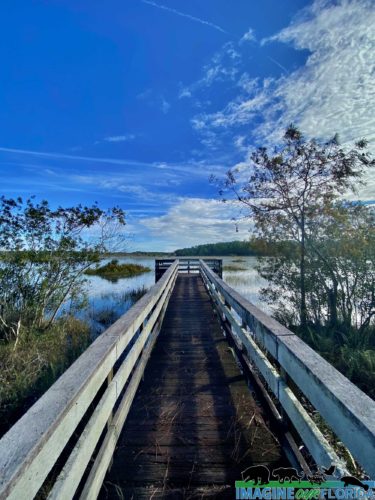
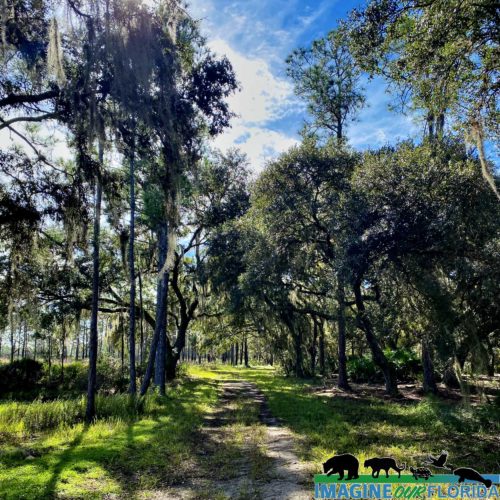
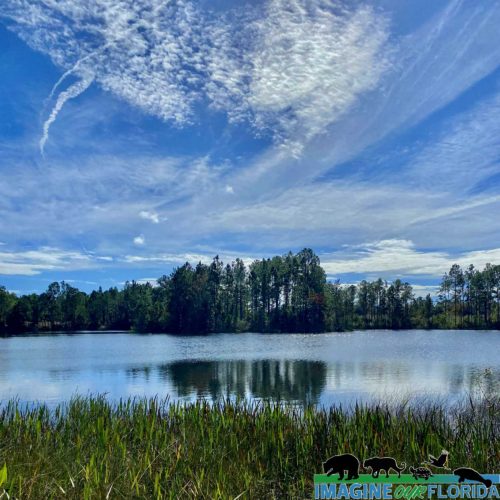
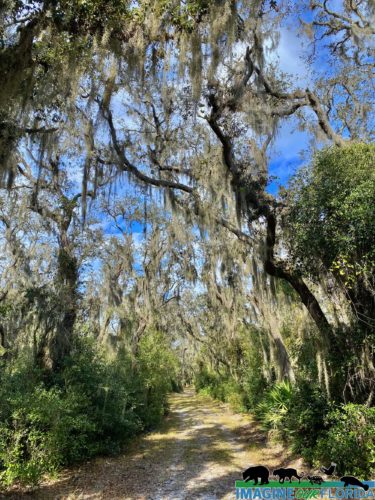
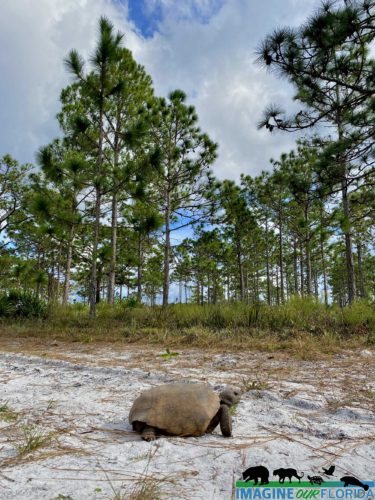
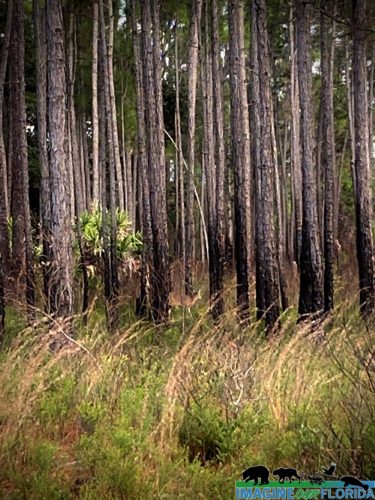 iof, imagineourflorida,
iof, imagineourflorida,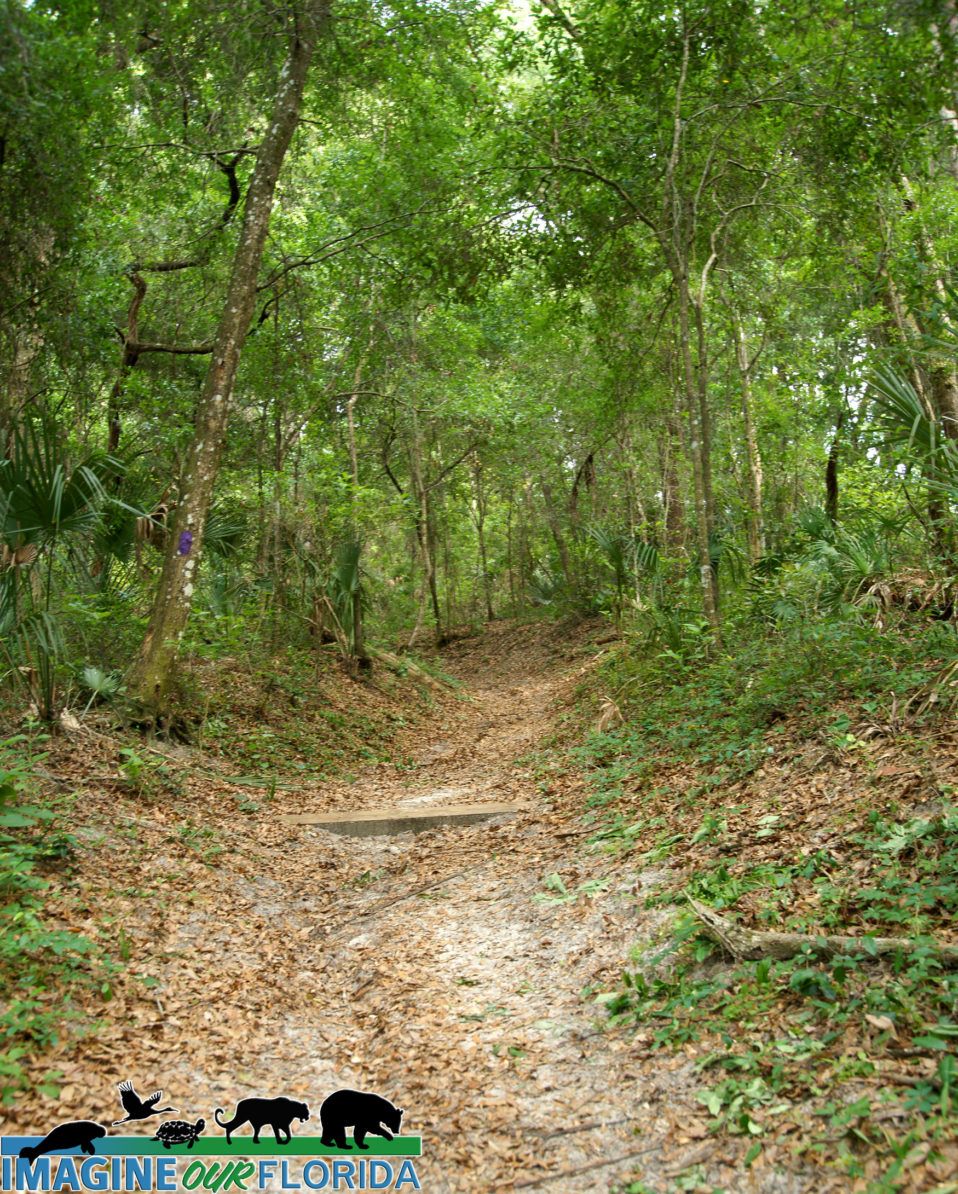
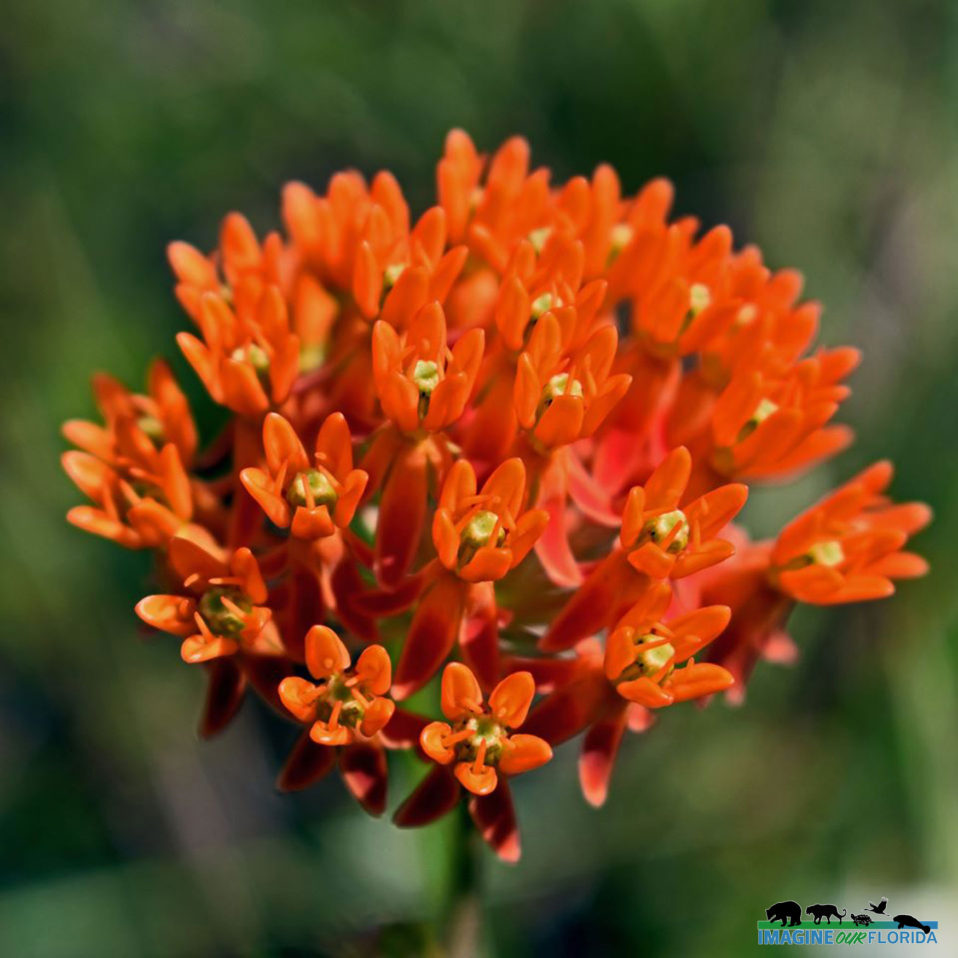
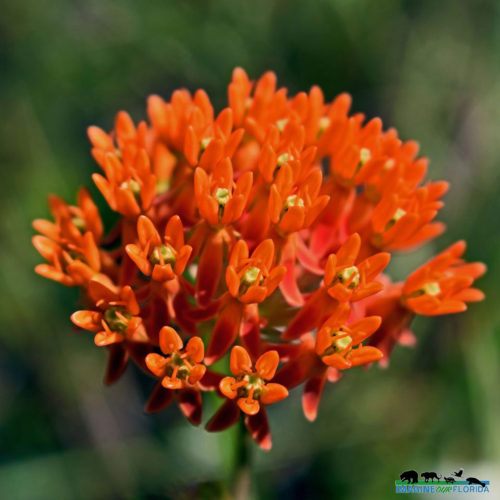
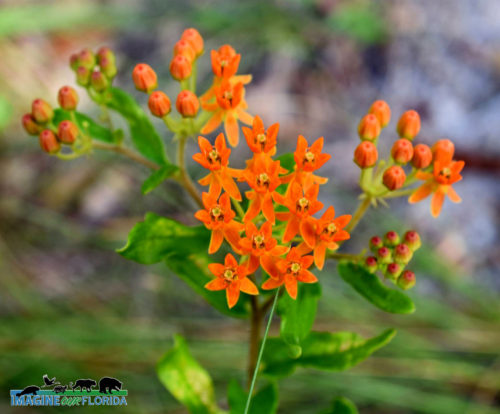
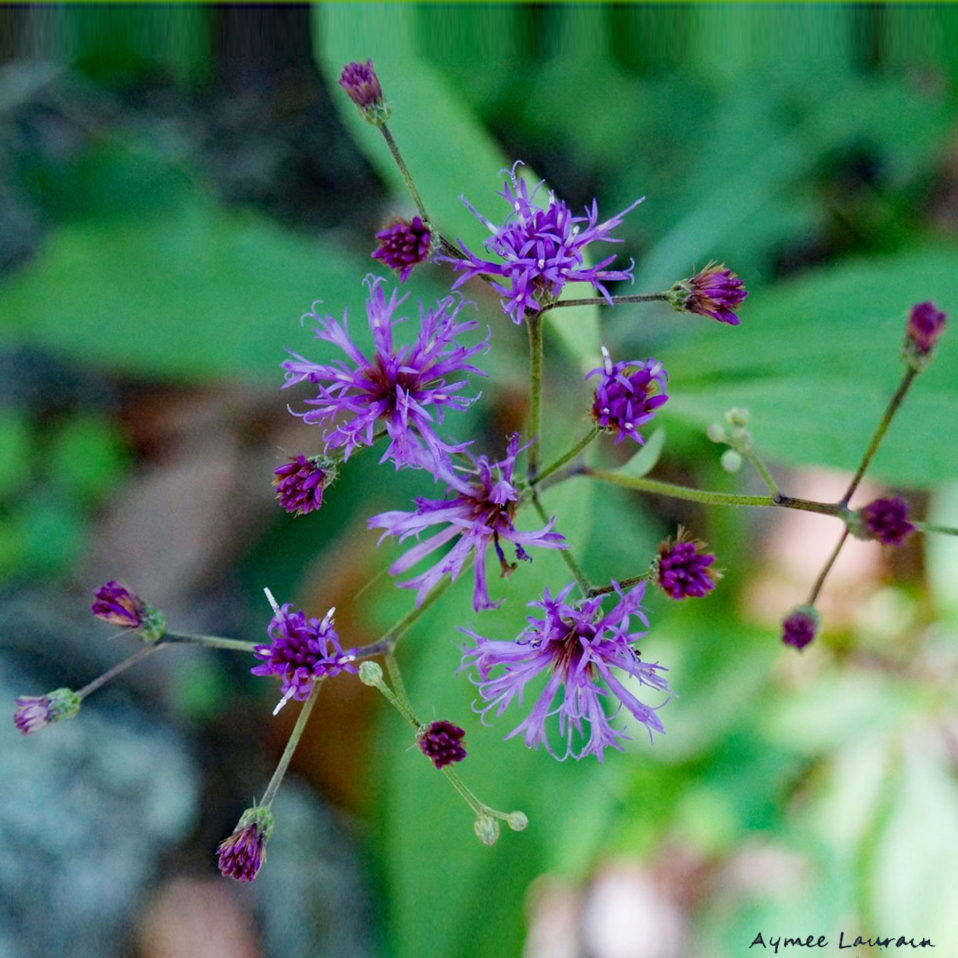
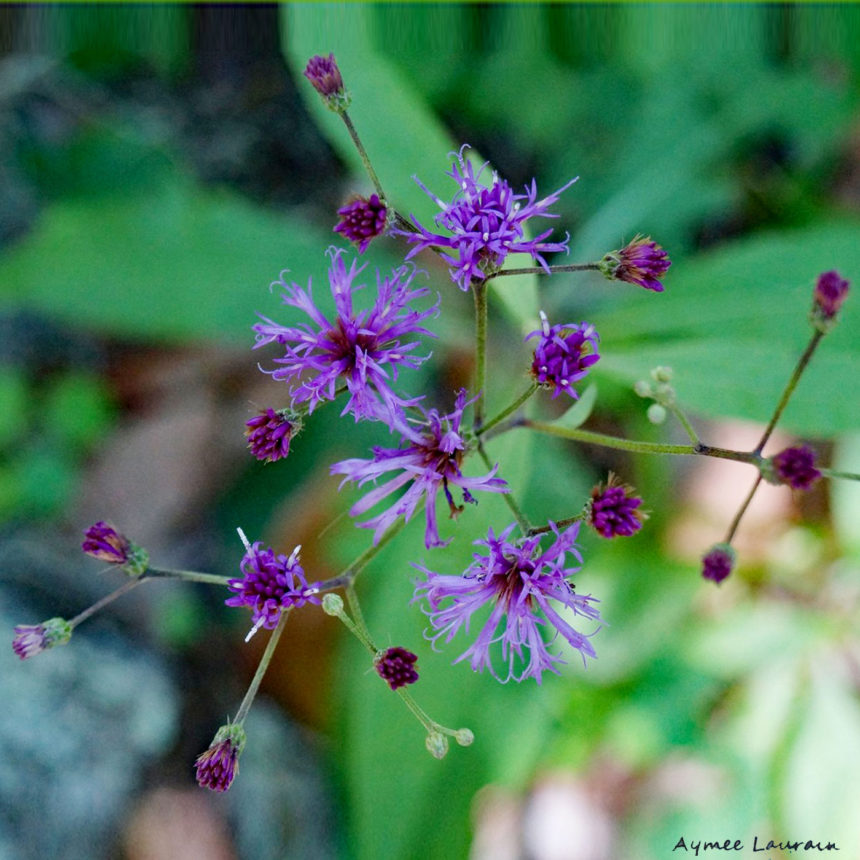
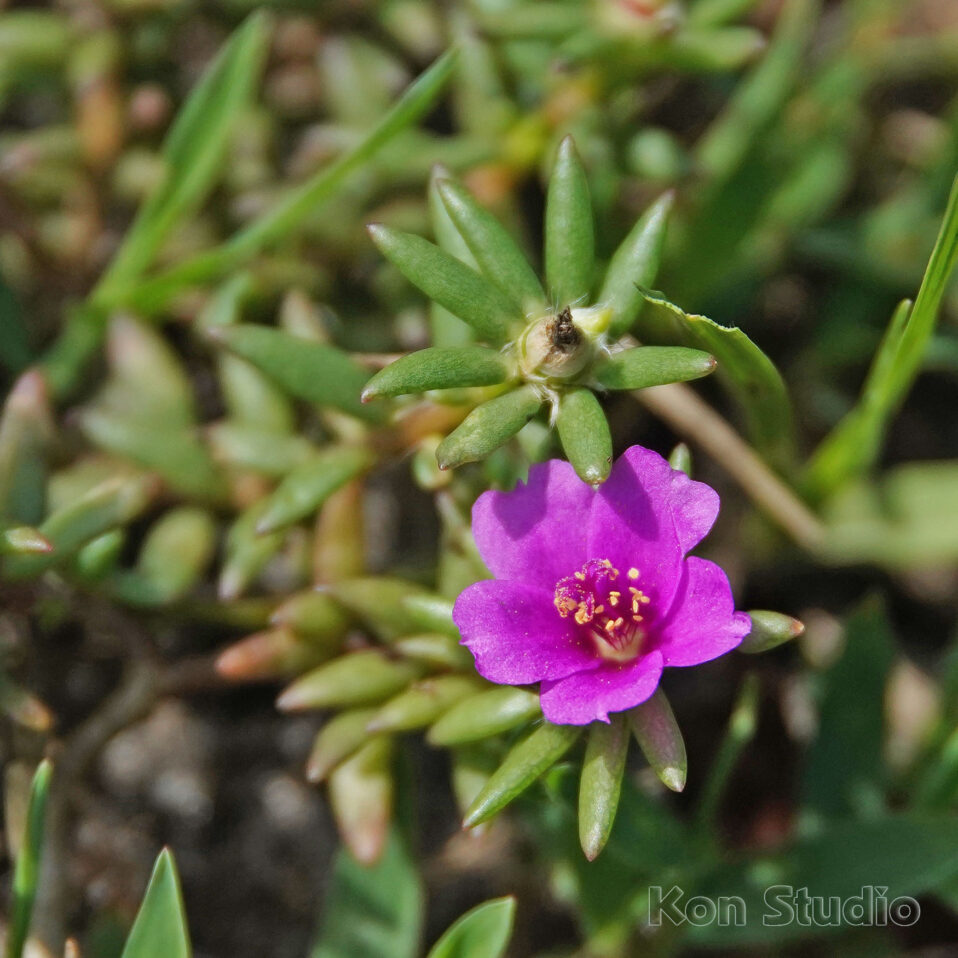
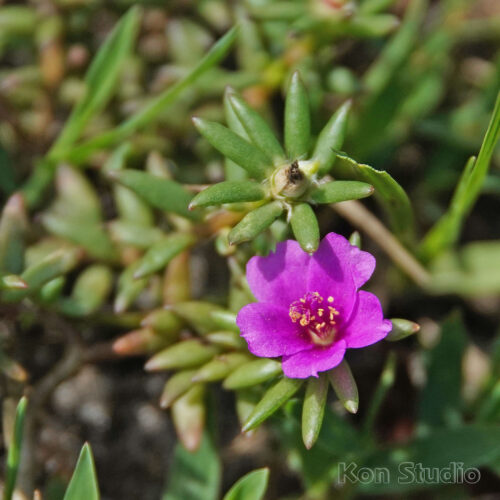
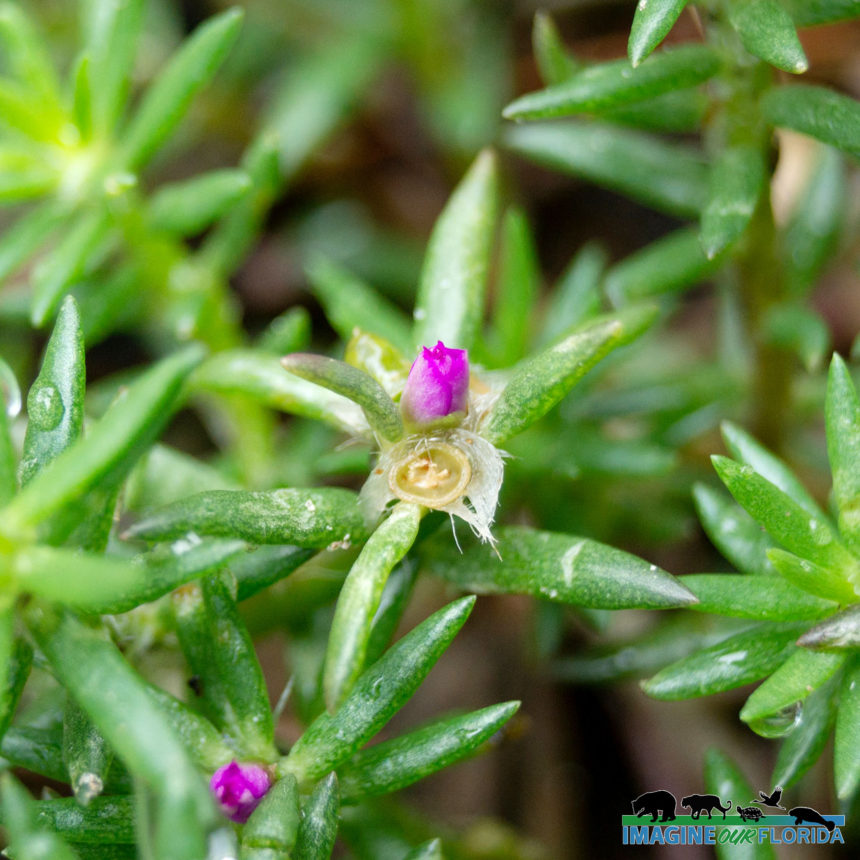
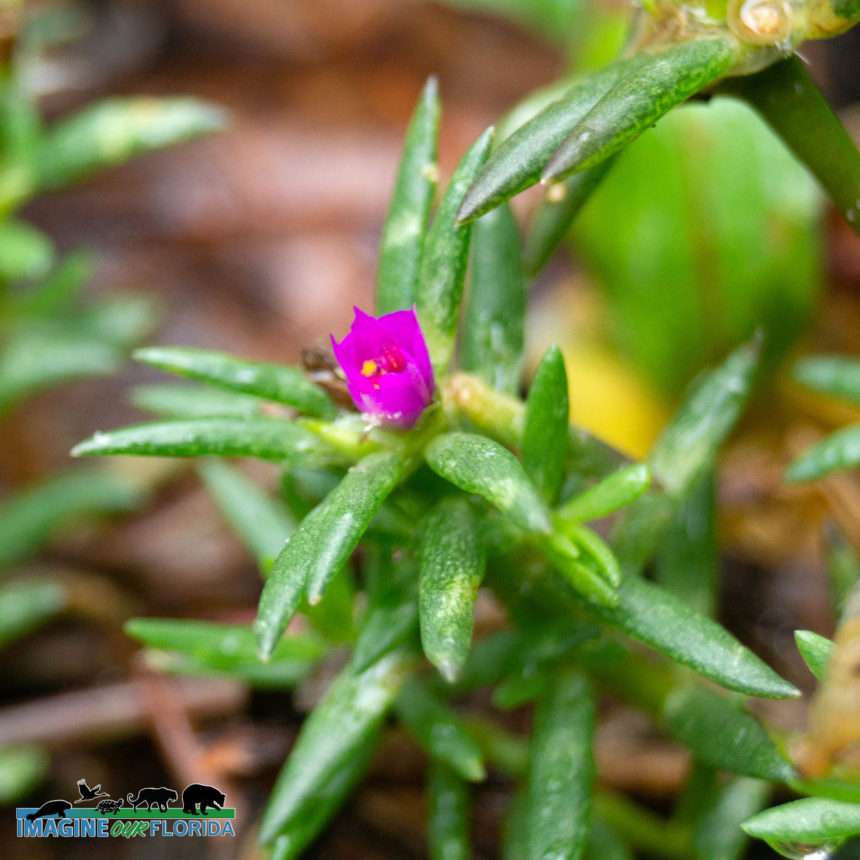
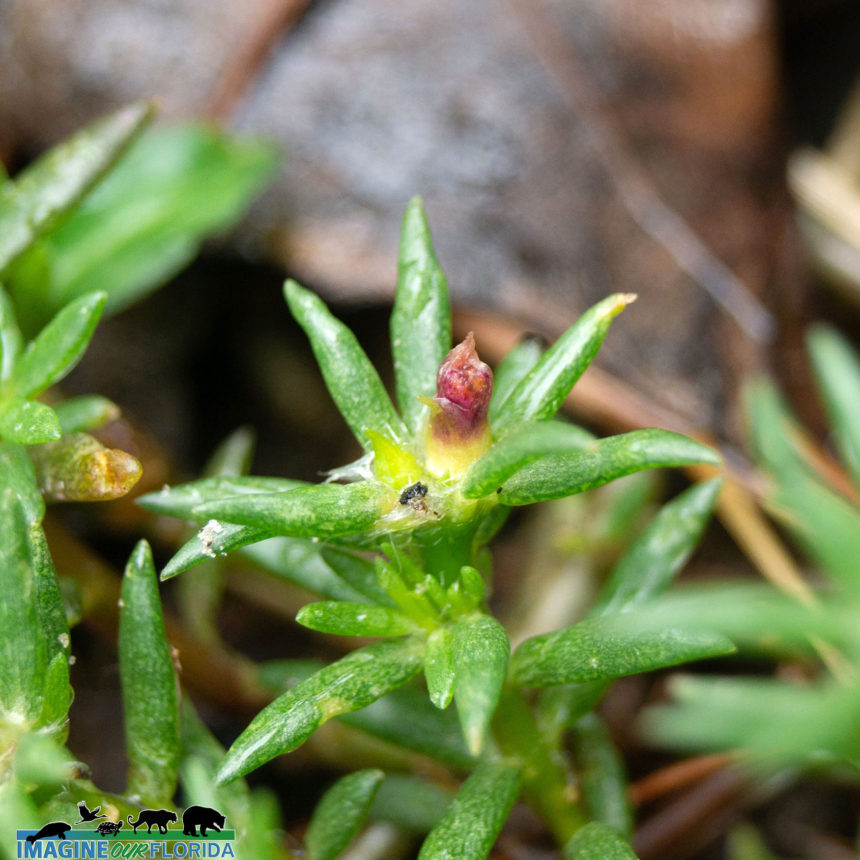
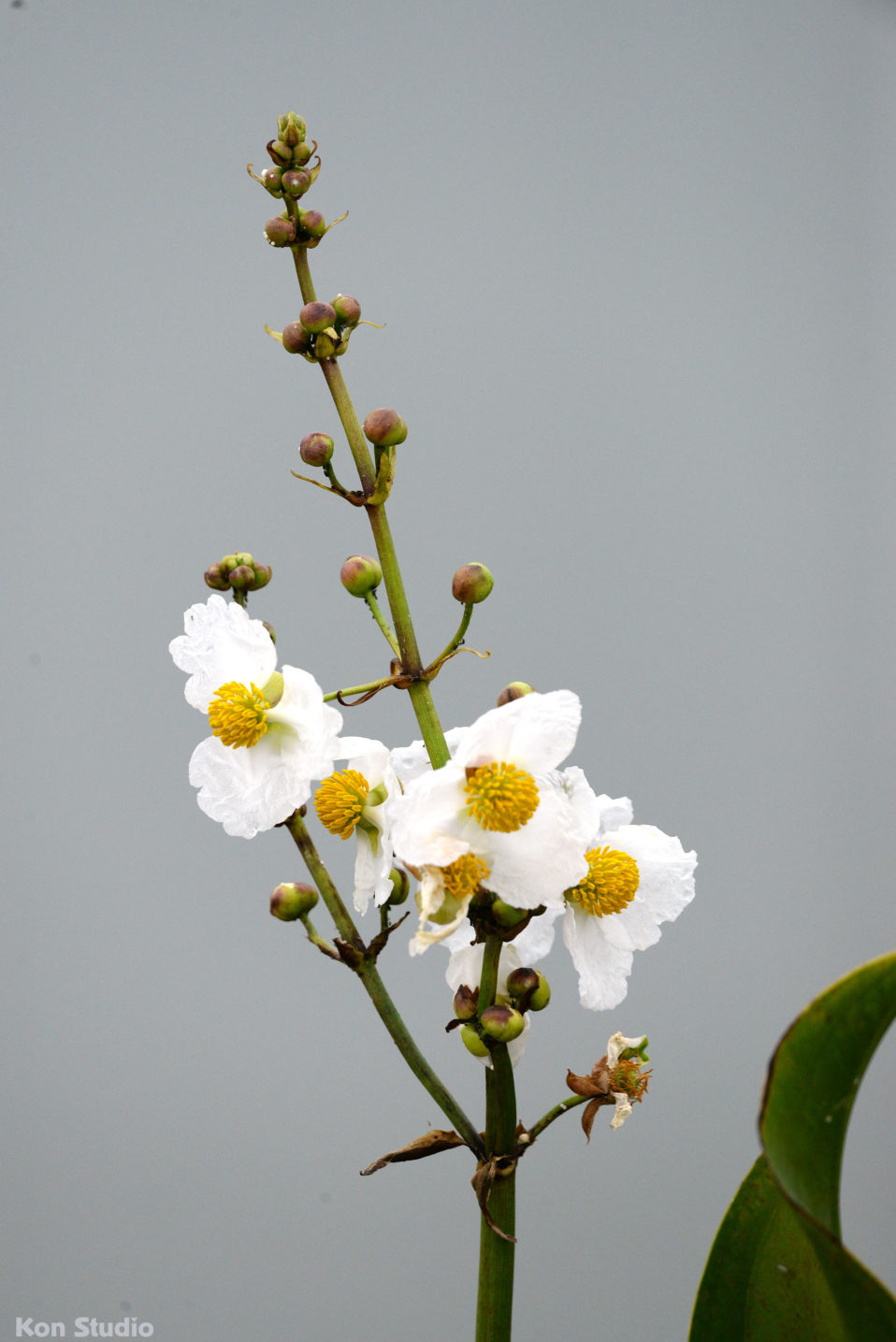
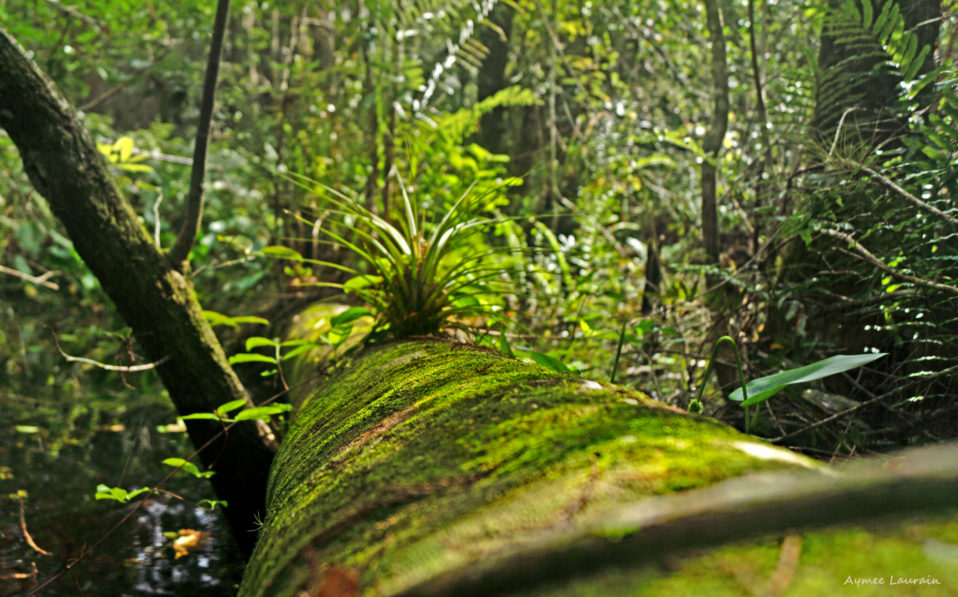
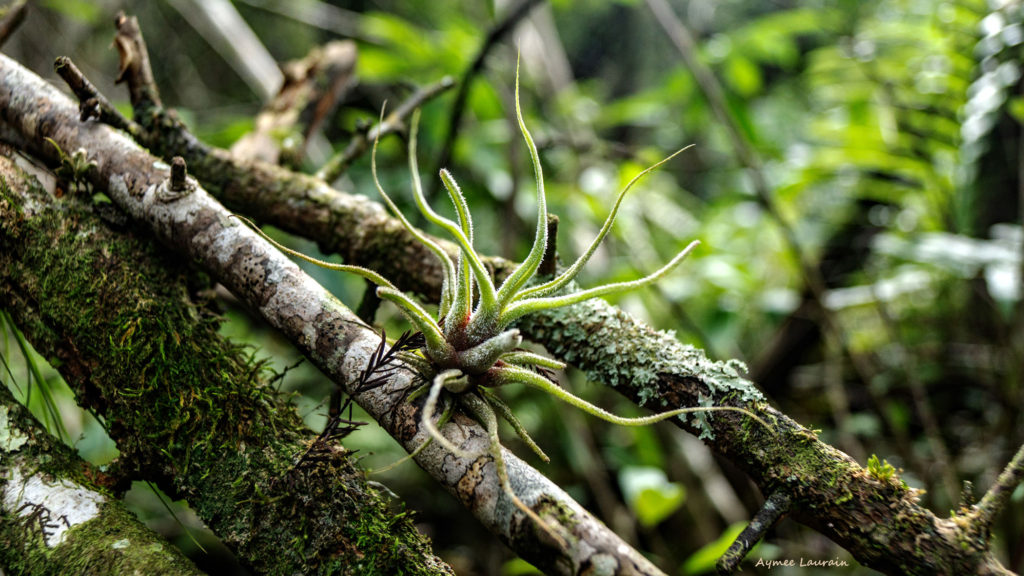
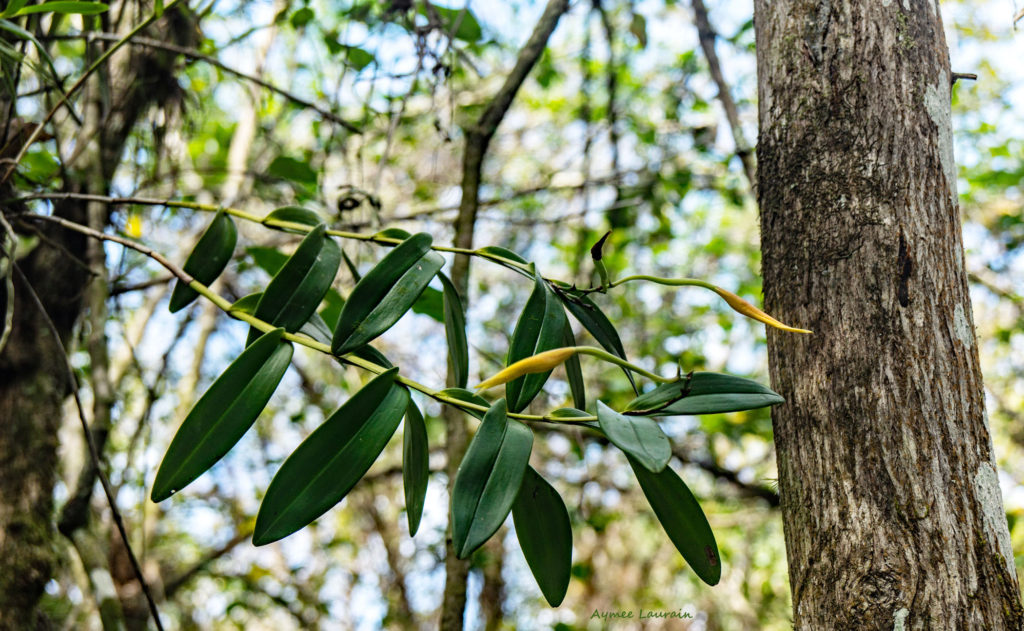
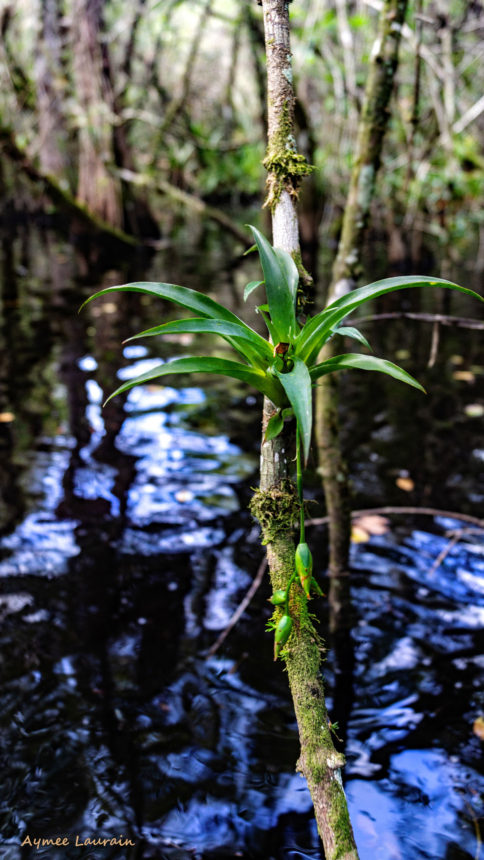
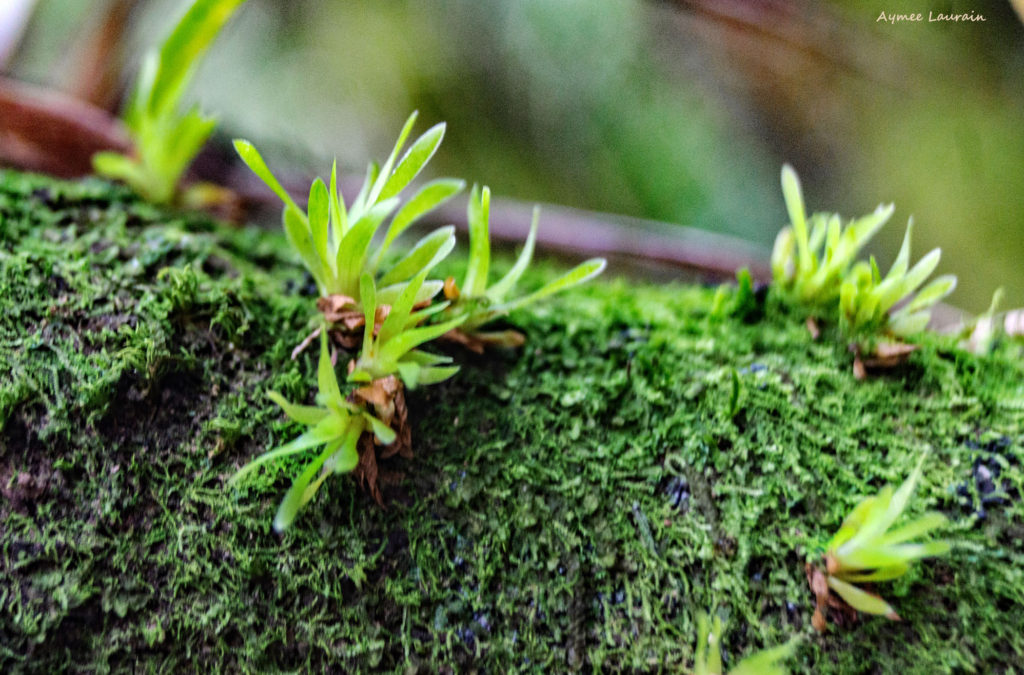
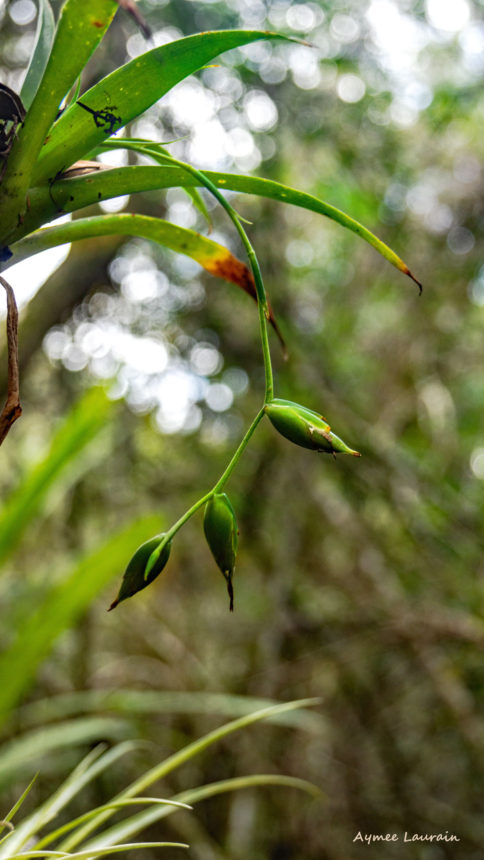
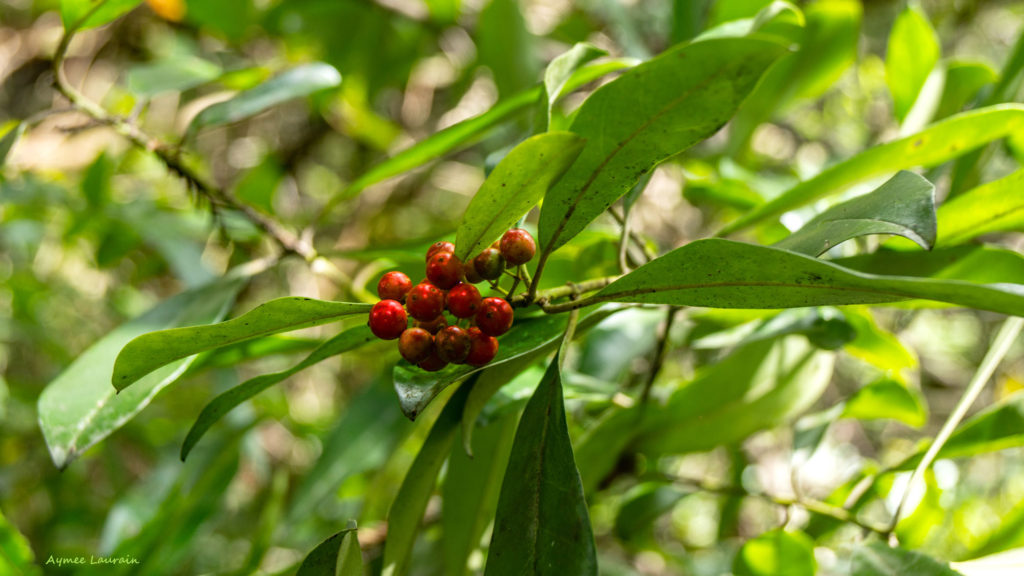
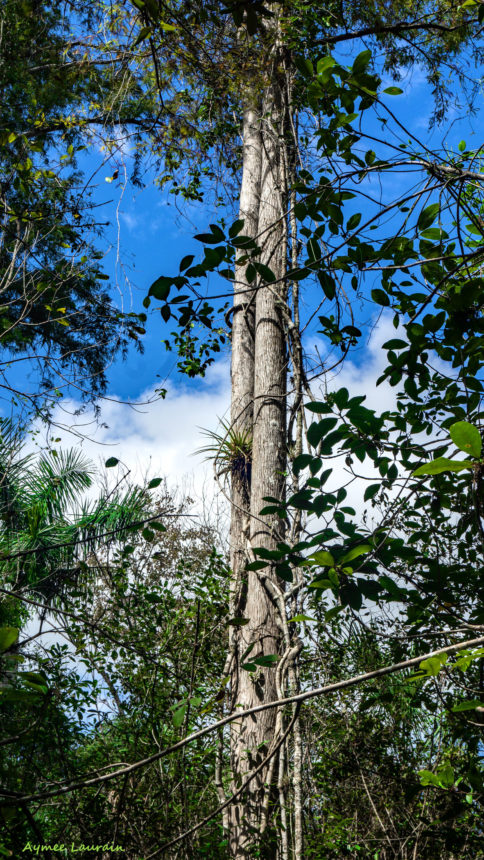
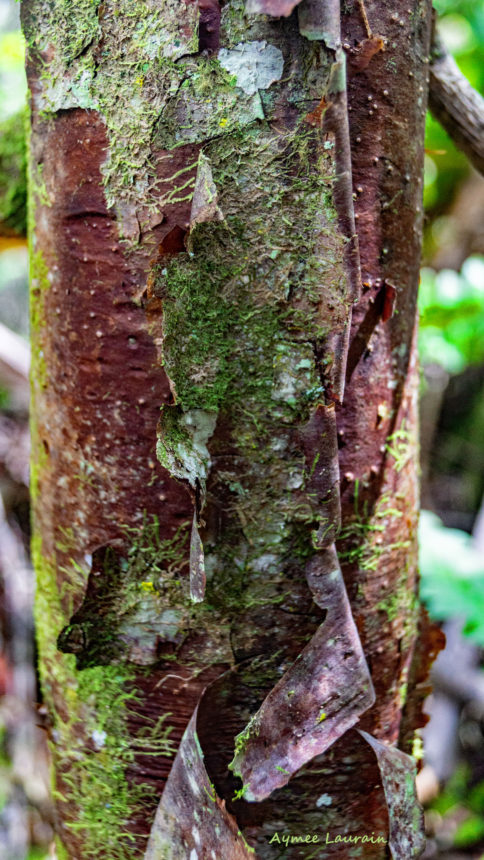
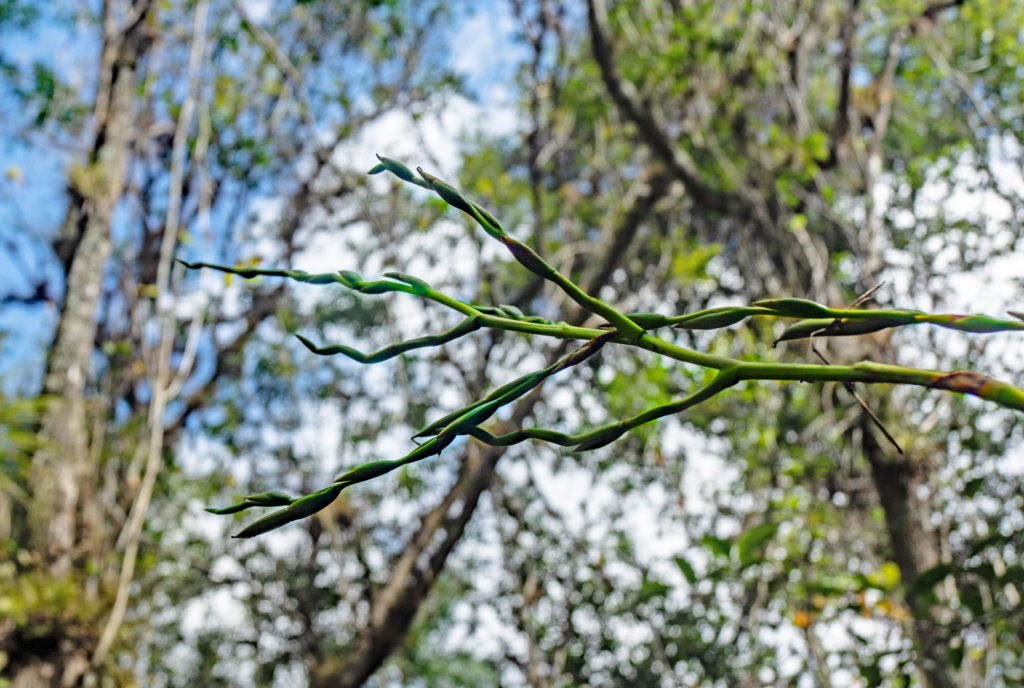
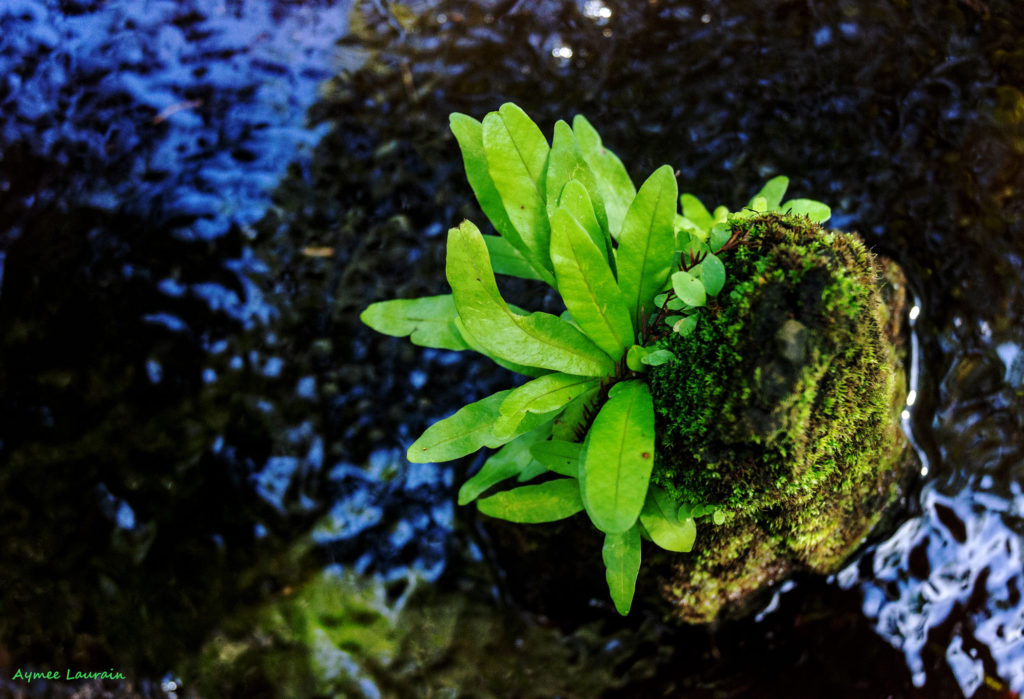
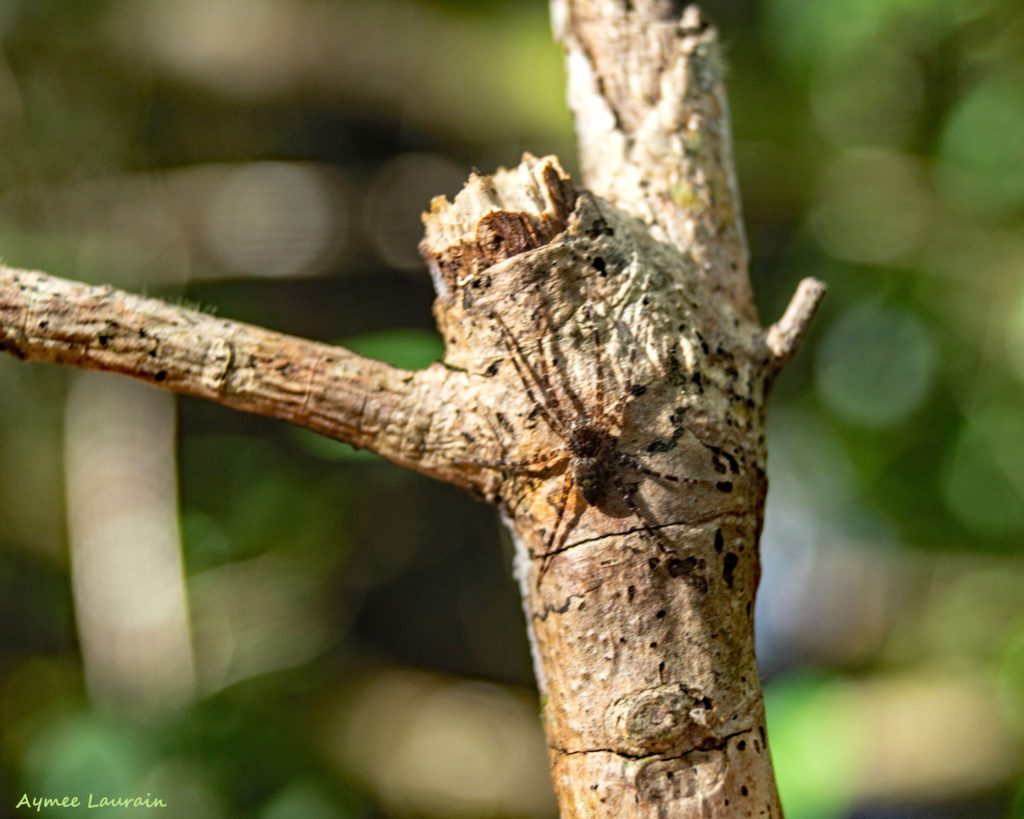
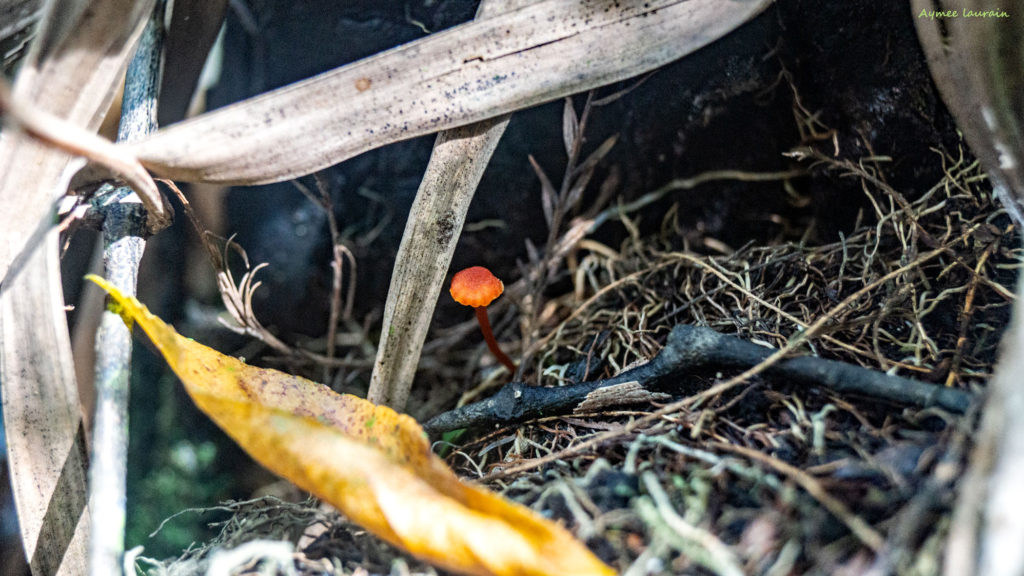
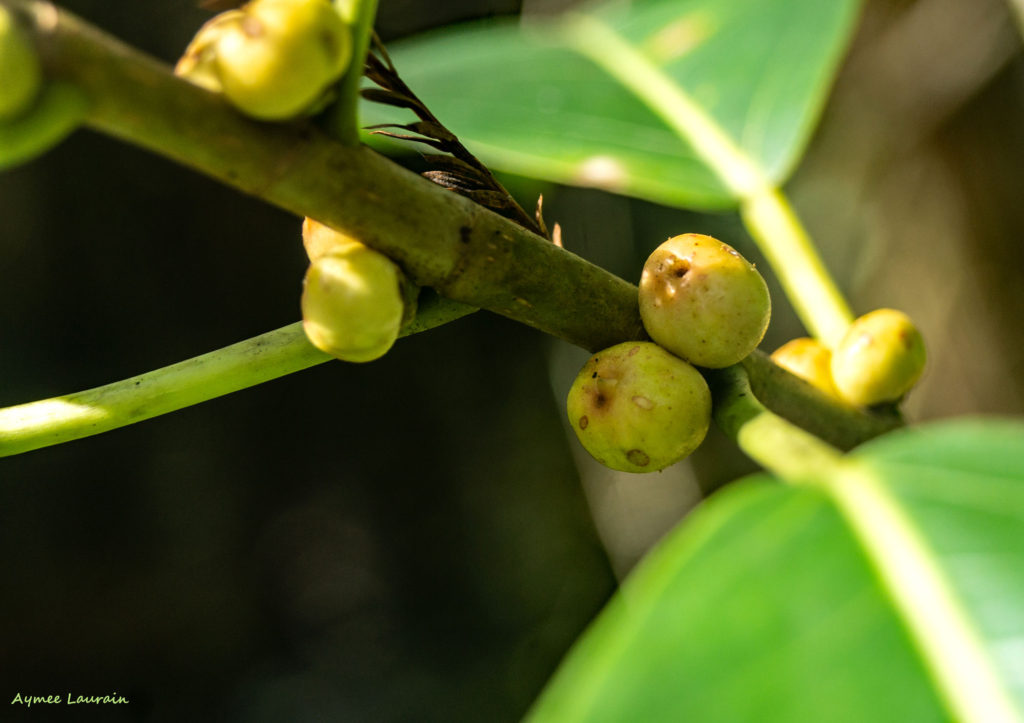
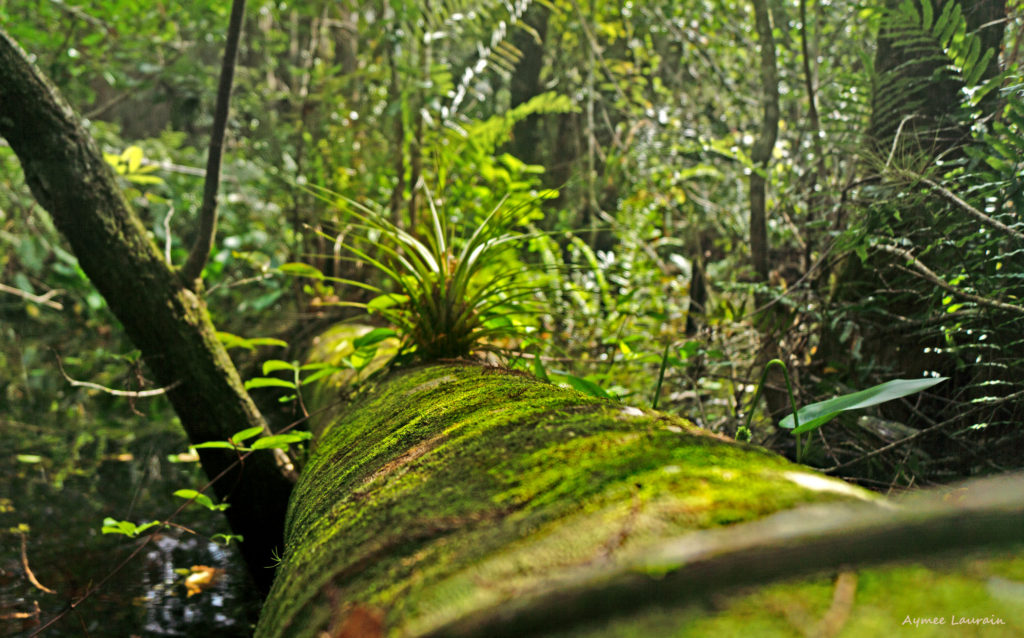
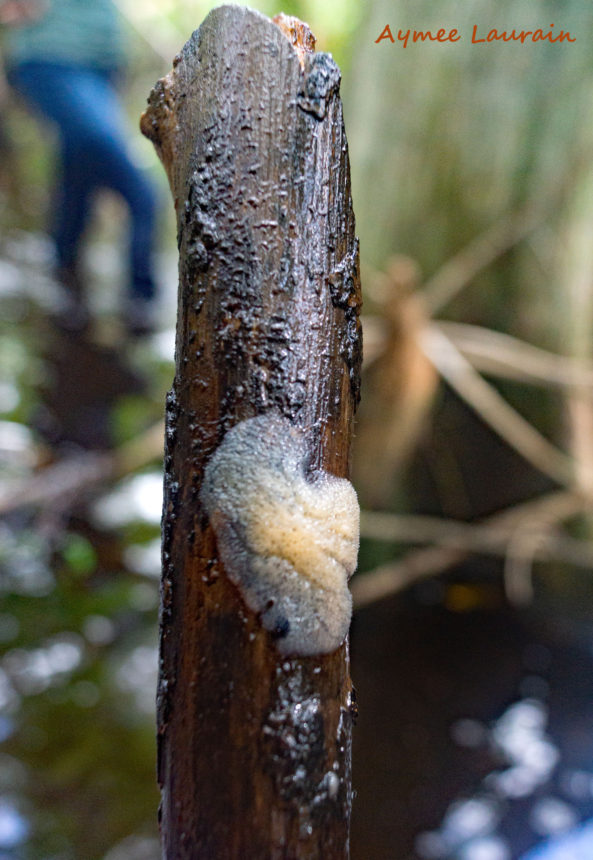
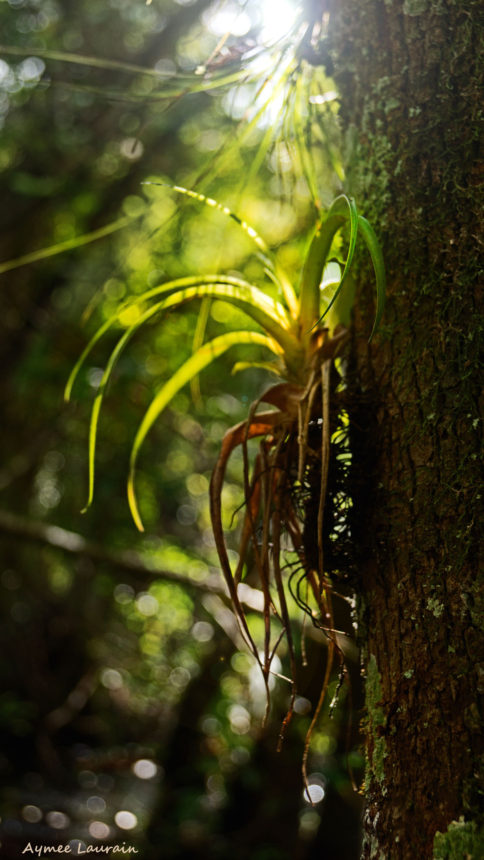
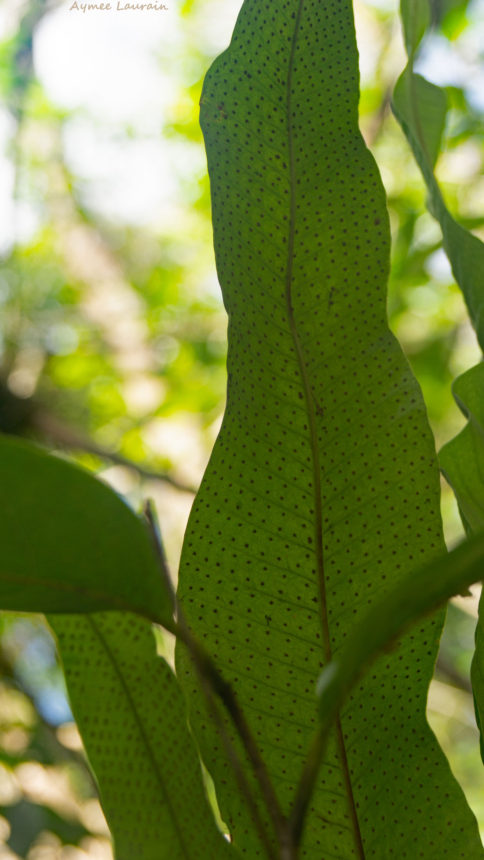
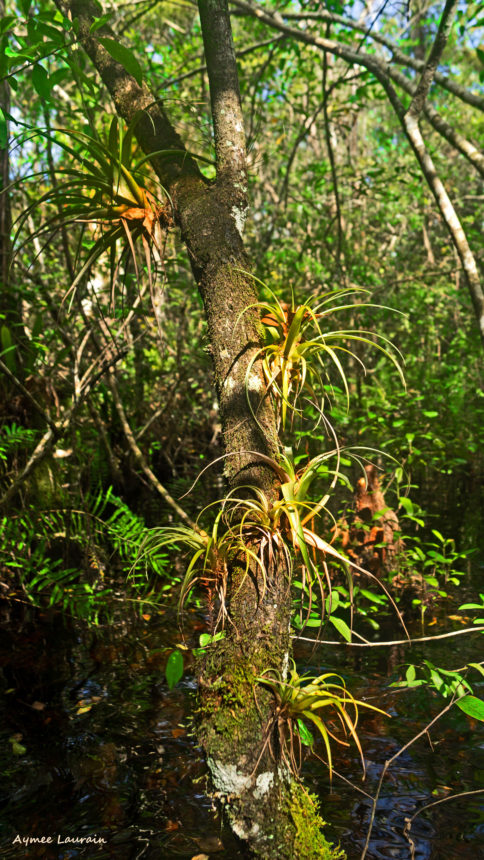
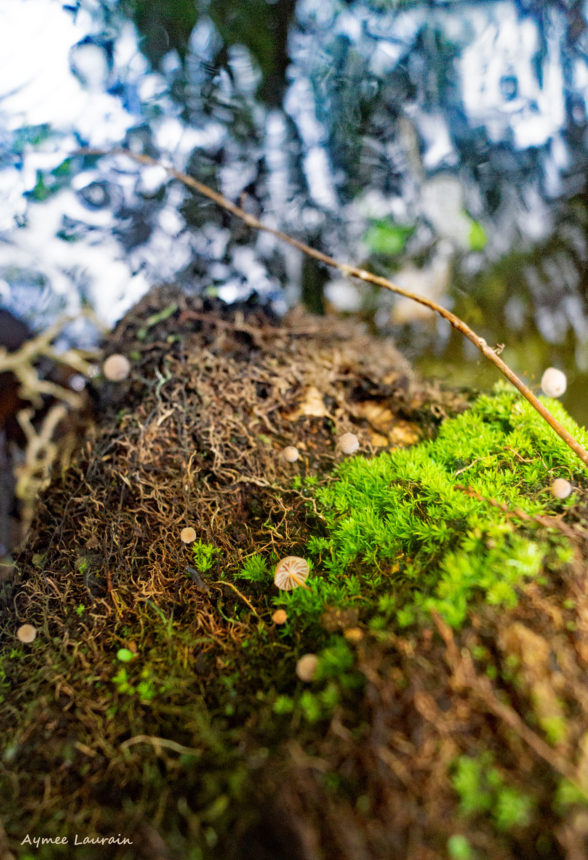
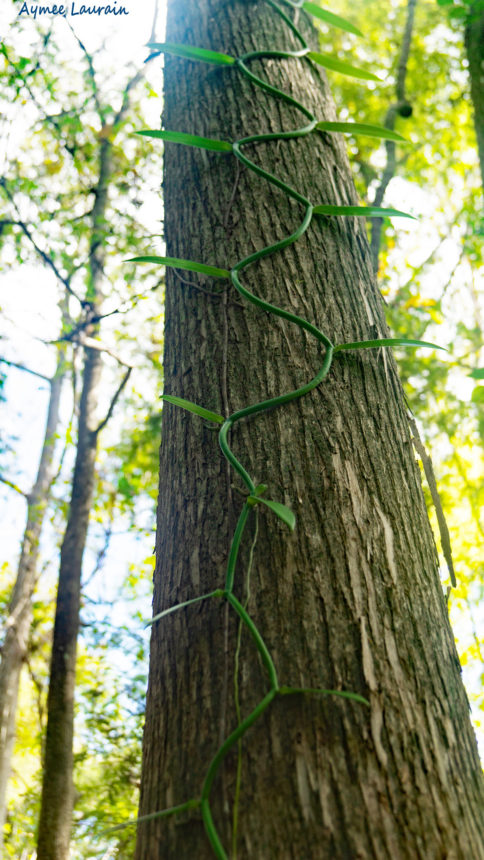
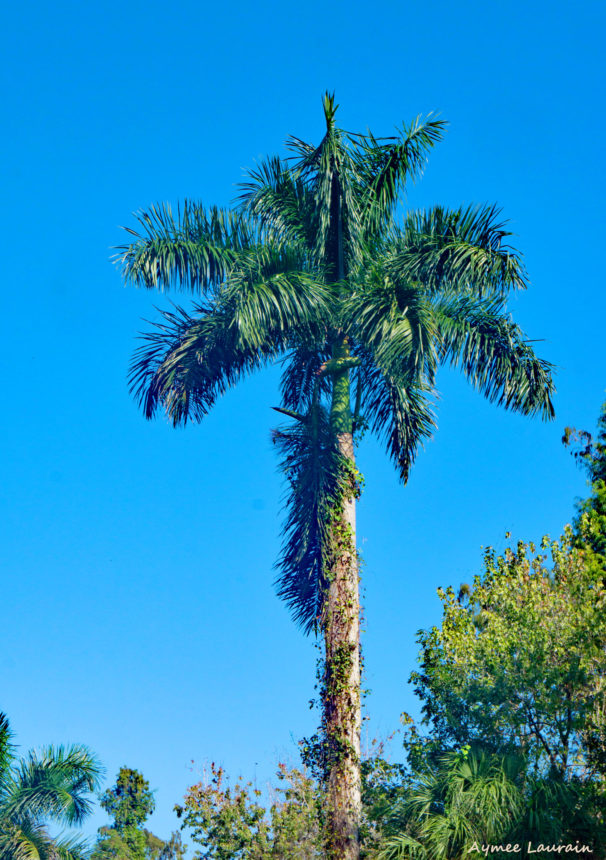
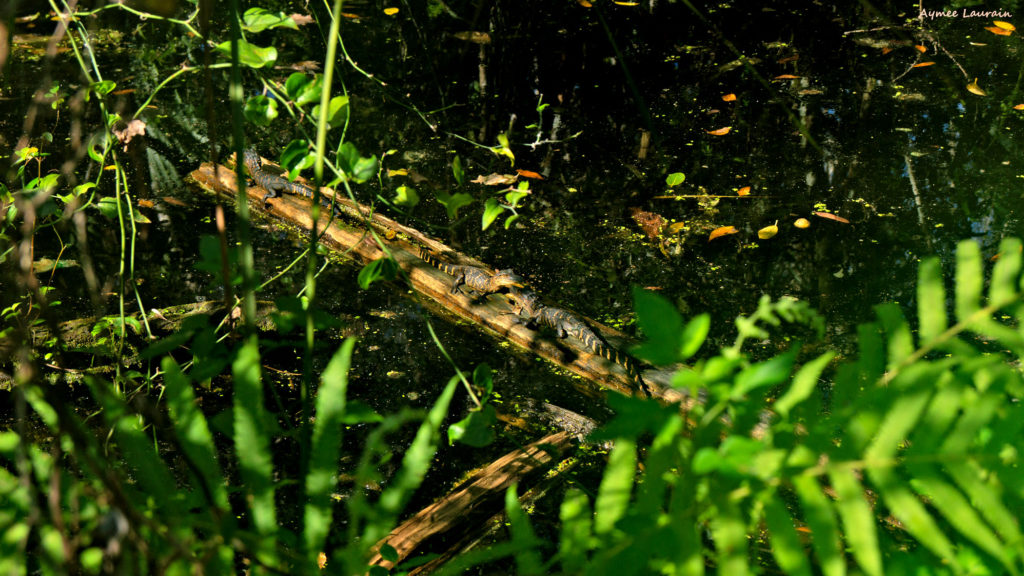
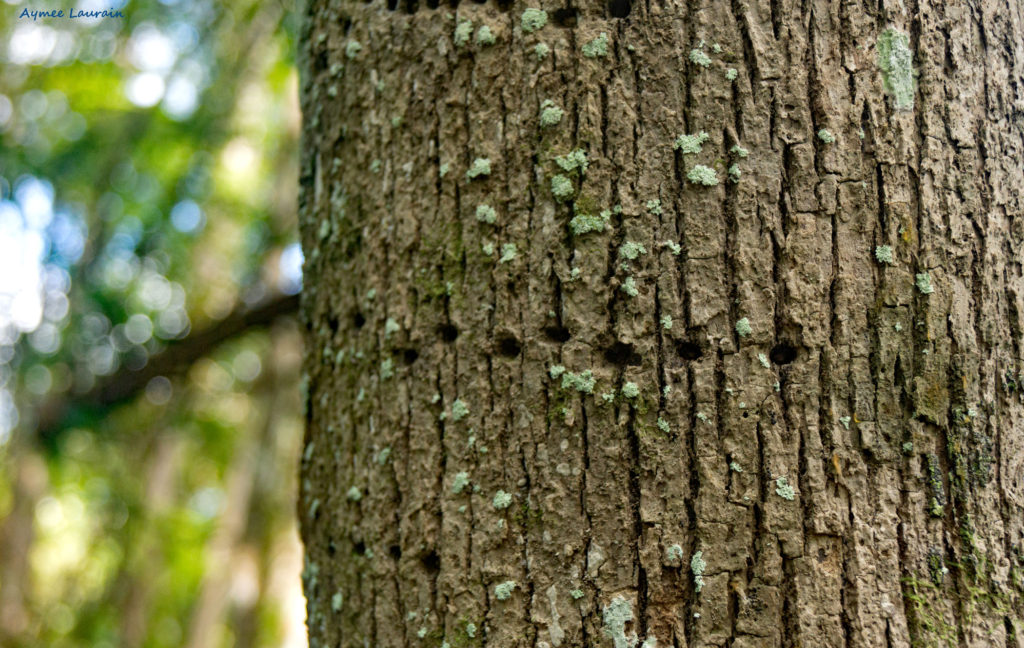
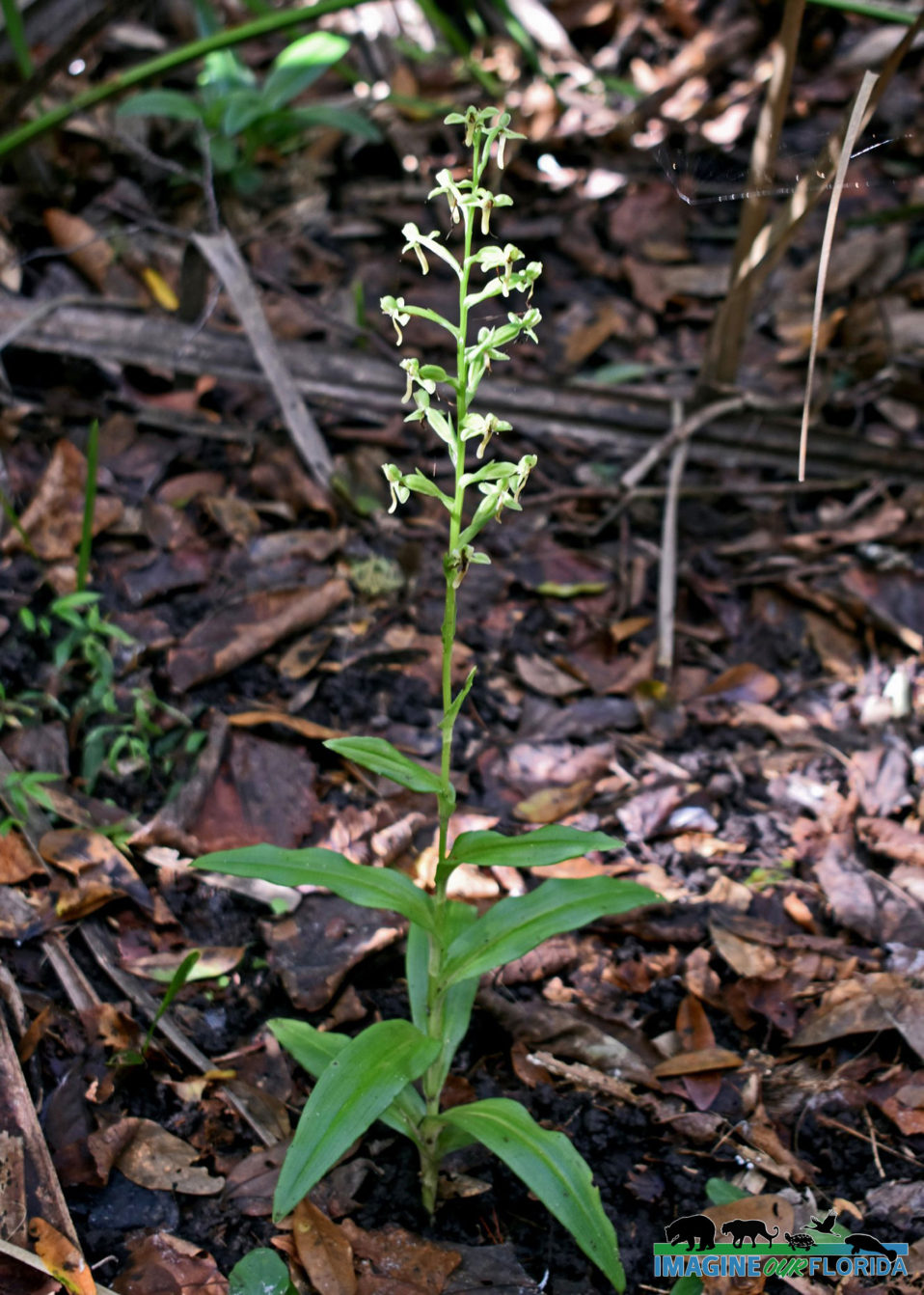
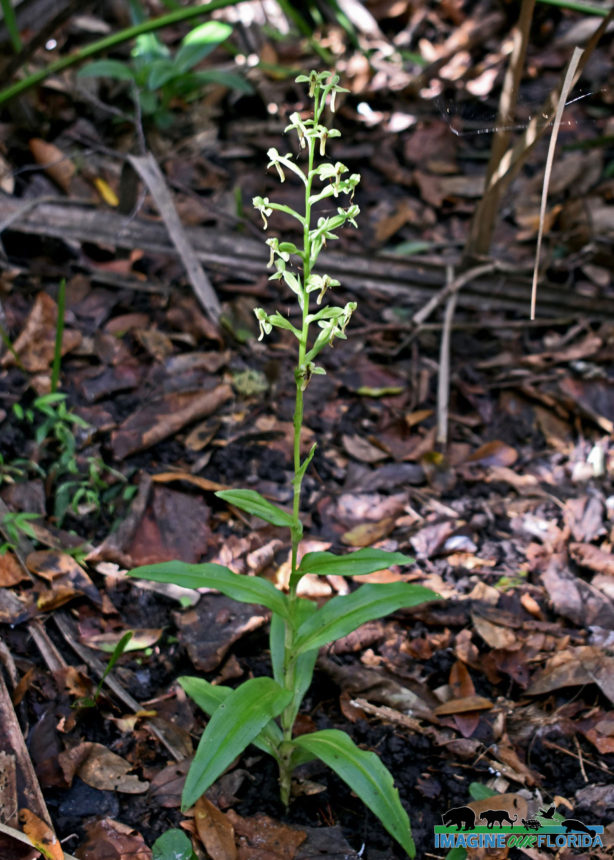
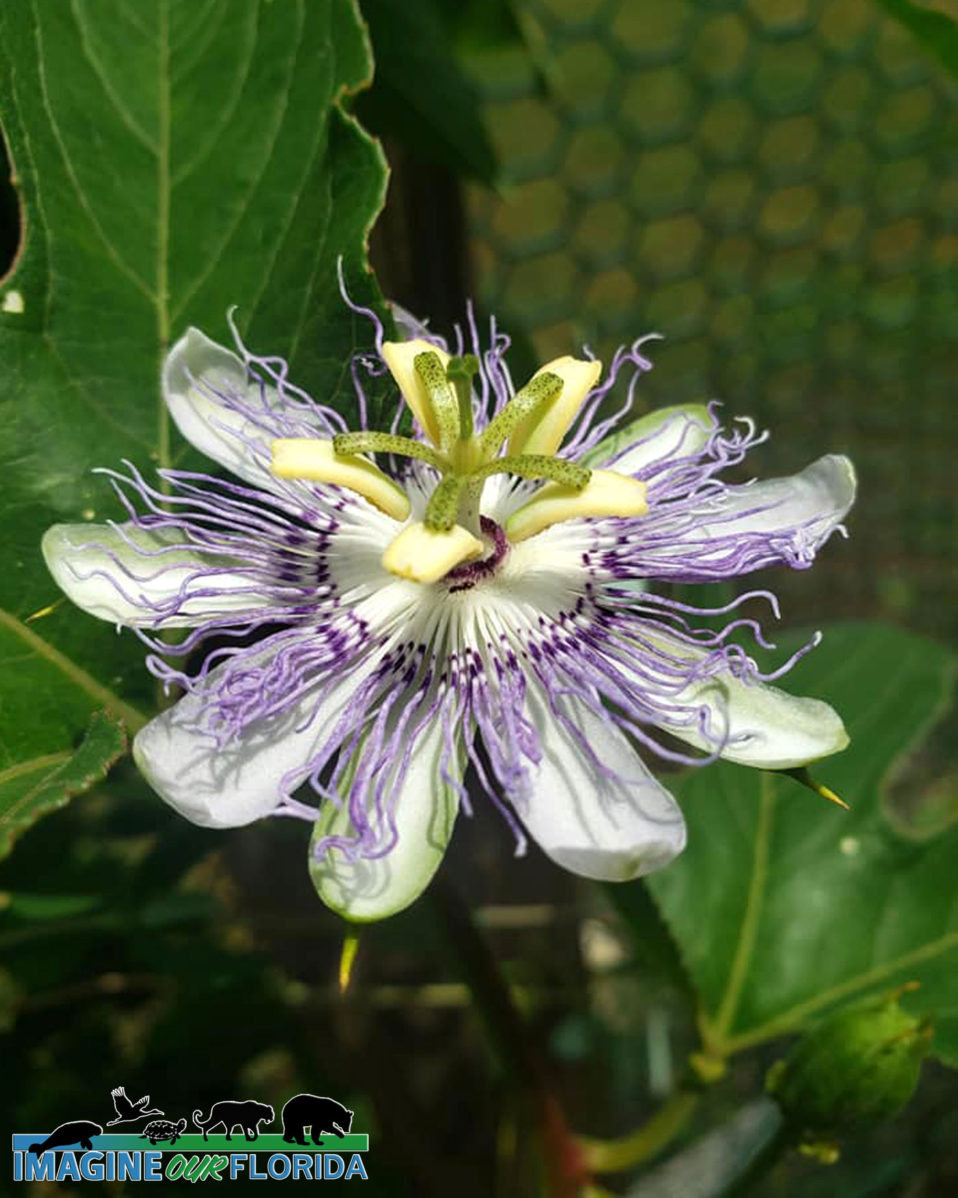
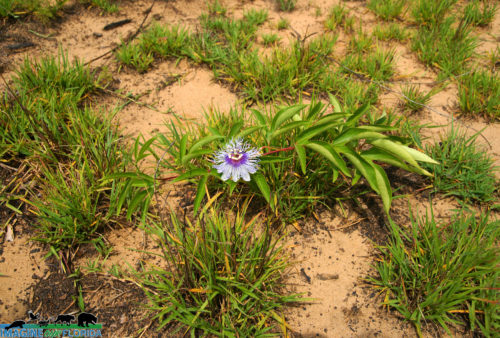
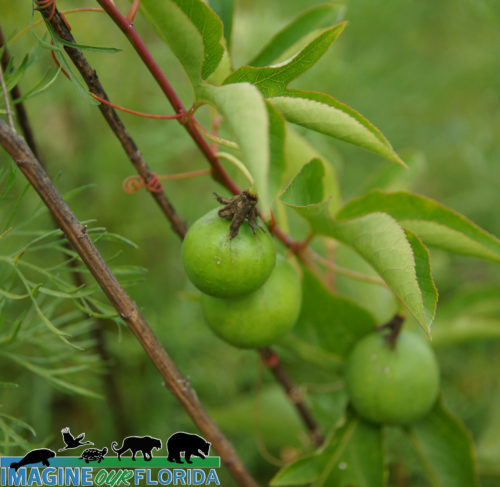
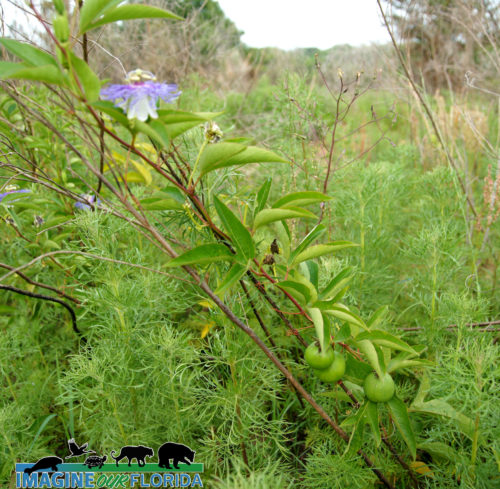
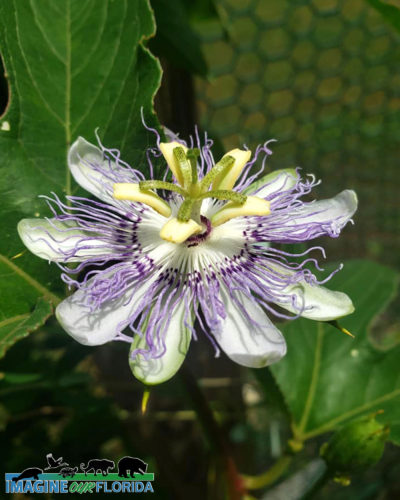
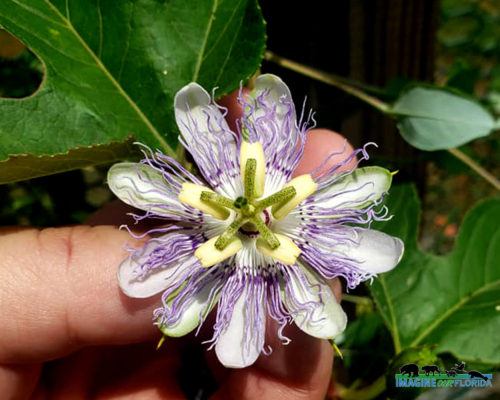
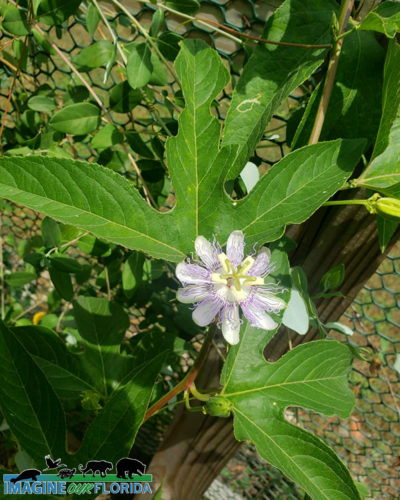
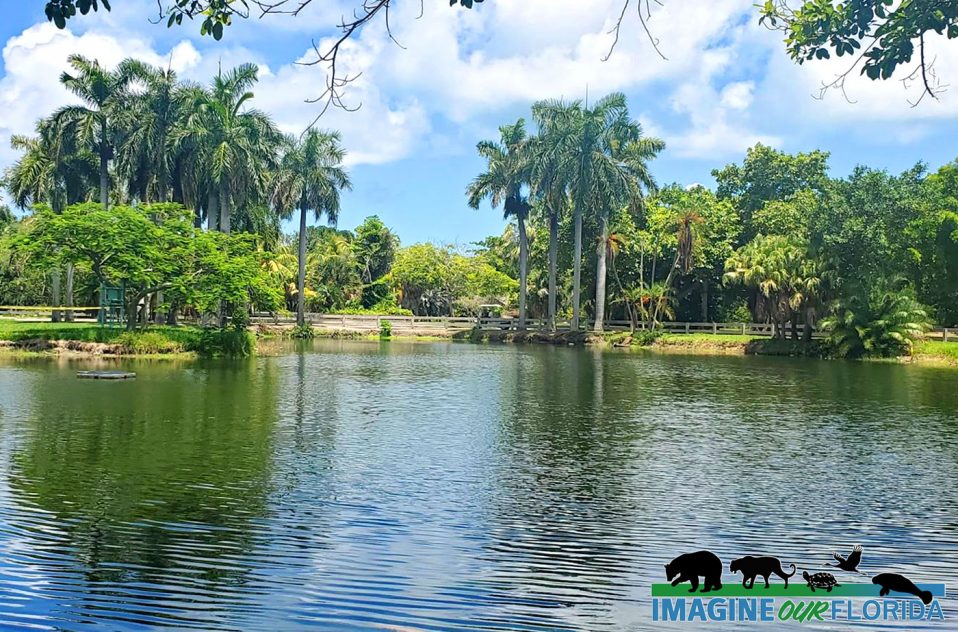
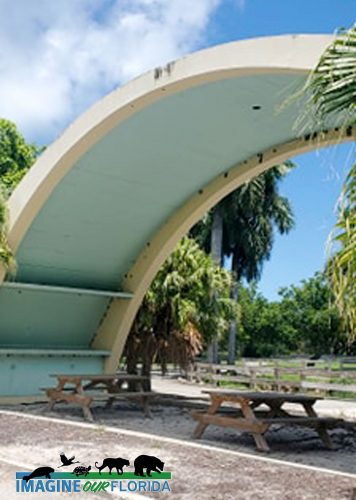
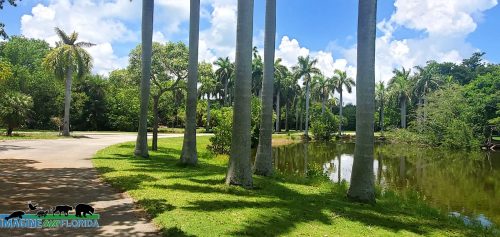
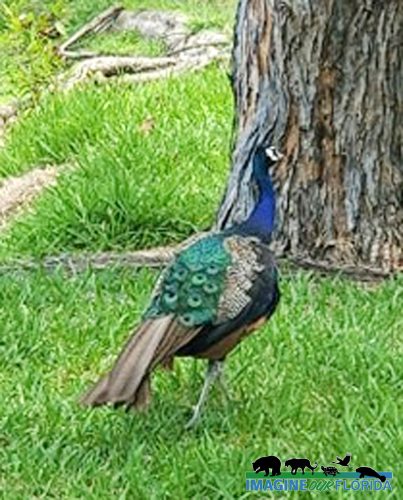
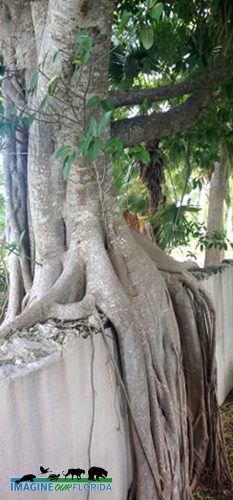
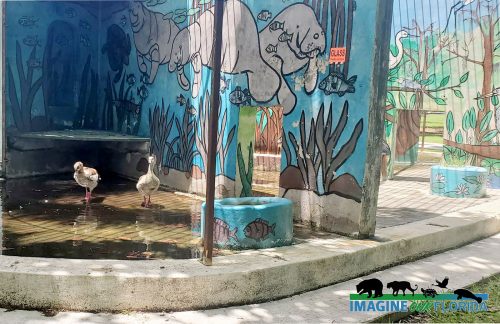
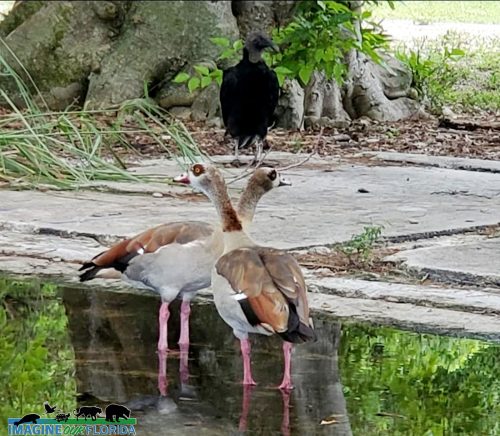
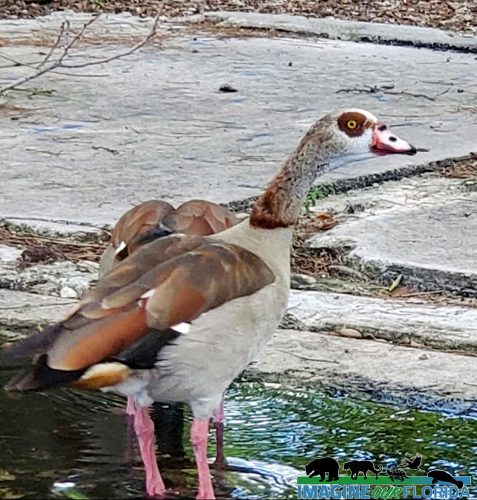

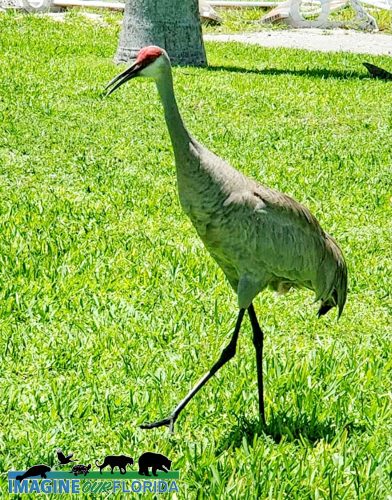
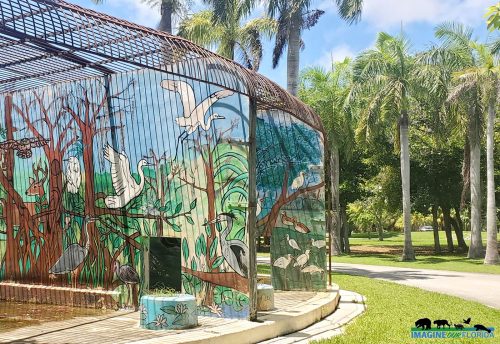
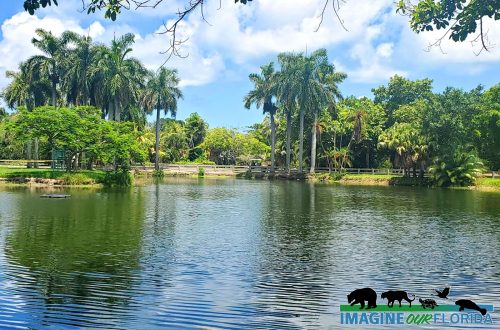
Recent Comments